Your next project will be largely based on Landscapes. We will study…
- The history and traditions of Landscape Photography
- Methods and Techniques used
- The impact of Landscape Photography on our psyches and understanding of the world…the Jersey Island Geopark and Sites of Special Interest, as well as evidence of Storm Ciaran.
So, to kickstart the project you have a new Photo-Assignment…
- Choose a range of locations that are predominantly natural / rural / coastal
- Go for a walk in the location(s) and photograph what you experience along the way.
- Photograph up, down, sideways and along
- Consider how you can use the light, shadows and sense of scale too…
Areas to visit and document…
- cliff-paths
- beaches
- sand dunes
- fields
- country lanes and paths
- woods
- valleys
- SSIs
What is the difference between bucolic and pastoral?
As a noun, a bucolic may be either a person who lives in the country (cf. rustic below) or a poem celebrating the pleasures of country life, i.e., a pastoral: the Eclogues of the Latin poet Virgil (70-19 BCE) are sometimes referred to as his Bucolics
Pastoral – bucolic – rustic – rural-sentimental-utopian–idealistic
M:DepartmentsPhotographyStudentsPlanners Y12 JACUnit 3 Sept-Dec Landscape
We will be looking at Romanticism and The Sublime as a starting point and if you click here you will have a better understanding of some of the roots of landscape as a genre in contemporary photography….
The focus of your study and research is natural landscapes and the impact of ROMANTICISM and The Sublime in Landscape painting and then later, photography.
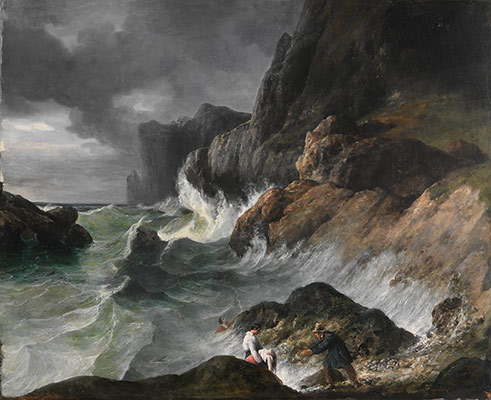
Department: European Paintings
Working Date: (1830)

Watch this film about the history and influence of Romanticism.
https://www.youtube.com/watch?v=-Q08c76z1Zc
Watch this film about Edmund Burke and the Sublime
https://www.tate.org.uk/tate-etc/issue-21-spring-2011/romanticism-gets-real
TIME PERIOD AND CONTEXT
The Age of The Enlightenment (1700-1800ish)
VS
The Age of Romanticism (1800-1900ish)
“Writers and artists rejected the notion of the Enlightenment, which had sucked emotion from writing, politics, art, etc. and focused too much on science, logic and reason. Writers and artists in the Romantic period favored depicting emotions such as trepidation, horror, and wild untamed nature.”
“The ideals of these two intellectual movements were very different from one another. The Enlightenment thinkers believed very strongly in rationality and science. … By contrast, the Romantics rejected the whole idea of reason and science. They felt that a scientific worldview was cold and sterile.”
The Industrial Revolution 1760-1840 was based upon the efficient exploitation of nature’s raw materials and labour as new scientific theories developed by the Enlightenment thinkers were quickly transformed into practical, money-making applications.




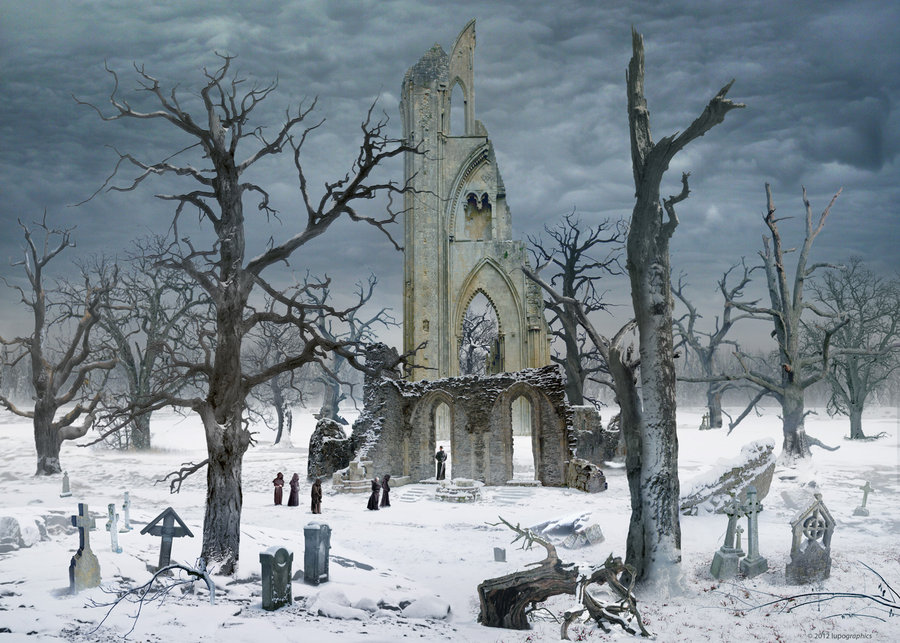
Romanticism in the Visual Arts
Both the English poet and artist William Blake and the Spanish painter Francisco Goya have been dubbed “fathers” of Romanticism by various scholars for their works’ emphasis on subjective vision, the power of the imagination, and an often darkly critical political awareness.
Social Commentary
The Romanticist often had “something to say” with their art…with plenty of discussion points, observations and interpretations.
Use the prompts below to show your understanding of John Constable’s vision of a changing countryside in early 19th England.
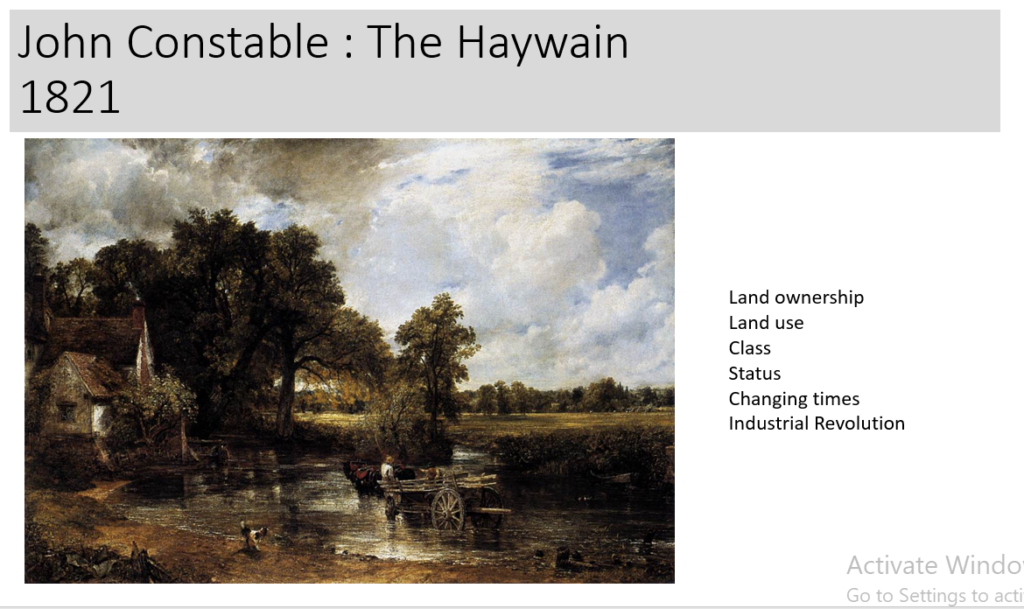
The video below looks closely at the Hay Wain. It includes everything you need to analyse this artwork.
PAINTING VS PHOTOGRAPHY – pictorialism
Roger Fenton, inspired by nature and romanticism revisited a spot in Wales where previously the painter Samuel Palmer had been inspired by the natural beauty of this river valley.
Aspects of pictorialism are evident here too…an approach to photography that emphasizes beauty of subject matter, tonality, and composition rather than the documentation of reality.
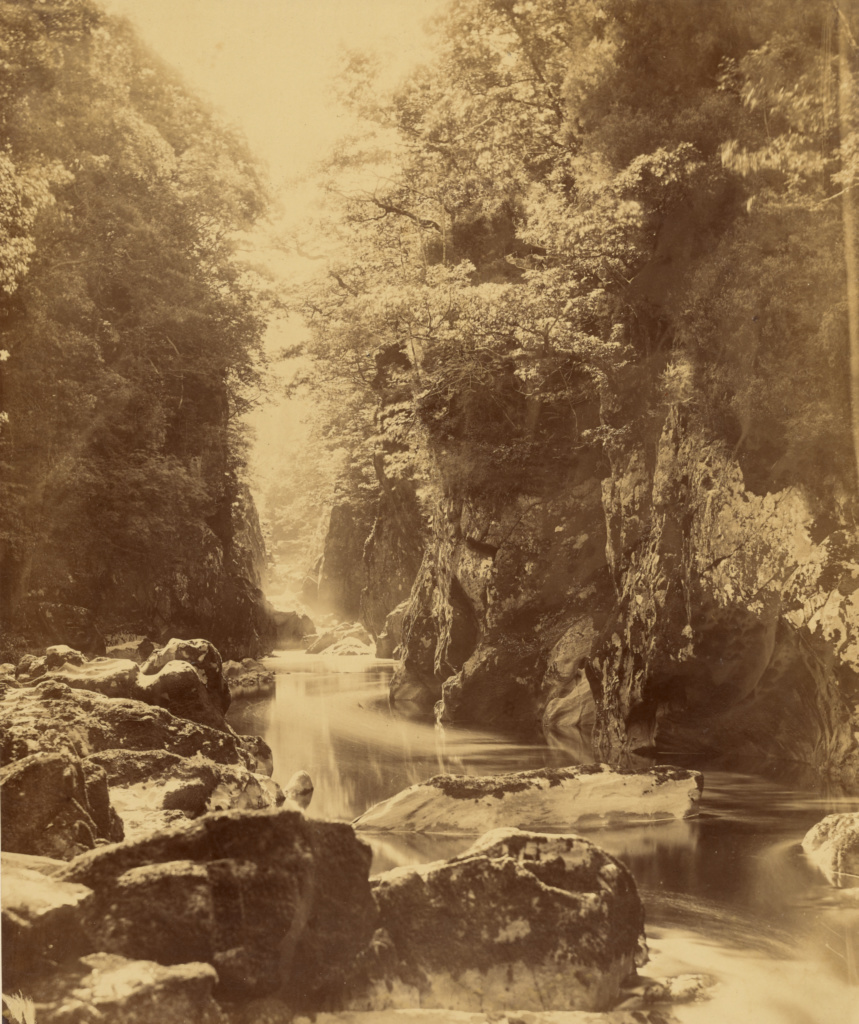

Valley of the Shadow of Death is also a photograph by Roger Fenton, taken on April 23, 1855, during the Crimean War. It is one of the most well-known images of war…most likely staged too and is in stark contrast to the example above. Exaggerating and exploiting the surroundings are a key part of creating dramatic imagery and opens up the question of truth in photography
Carelton E. Watkins (1829–1916)
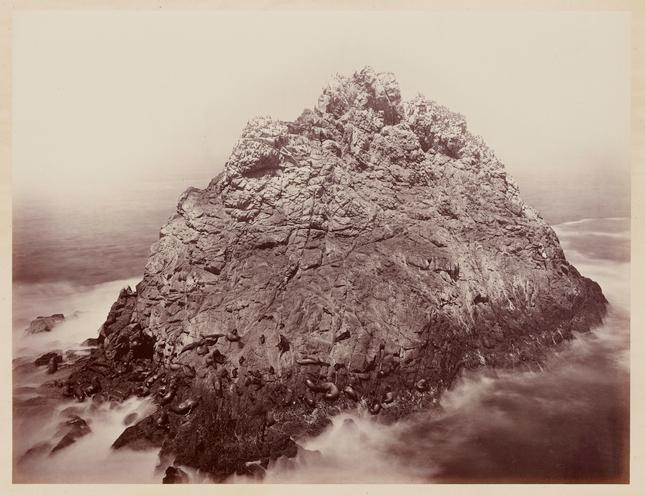
“…it is hard to consider the birth of the environmental movement without mentioning Watkins and the rippling, far-reaching influence of his 1861 images of Yosemite. All that came after – Lincoln’s signing of the Yosemite grant, Muir’s nature writing, the founding of conservation groups such as the Sierra Club – can be traced back to the intake of breath when his images were seen for the first time.”
Fernando Maselli
Drawing inspiration from Edmund Burke’s romantic conception of the sublime and its connection to nature, Madrid-based photographer Fernando Maselli creates photomontages of infinite mountain ranges that speak of the emotions elicited by nature and their connection to creation and reality.

20th Century 1900 —
Ansel Adams
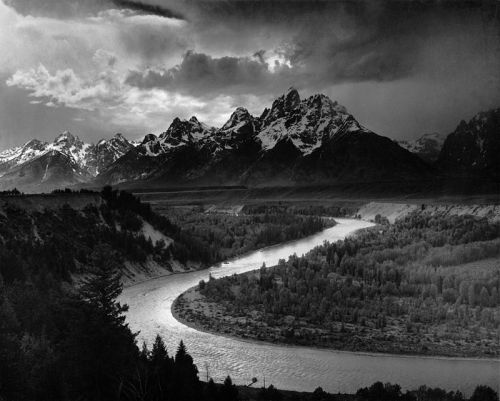


large-format camera
Ansel Adams was an American landscape photographer and environmentalist known for his black-and-white images of the American West. He helped found Group f/64, an association of photographers advocating “pure” photography which favored sharp focus and the use of the full tonal range of a photograph…even creating a Zonal System to ensure that all tonal values are represented in the images. Ansel Adams was an advocate of environmental protection, national parks and creating an enduring legacy of responses to the power of nature and sublime conditions…Other members in Group f/64 included Edward Weston, Dorothea Lange, Imogen Cunningham among other female photographers who has been overlooked in the history or photography.

IMAGE ANALYSIS: For your analysis of Adams’ work and practice, try and find the story behind the image – as an example, see Monolith, the face of Half Dome, 1927
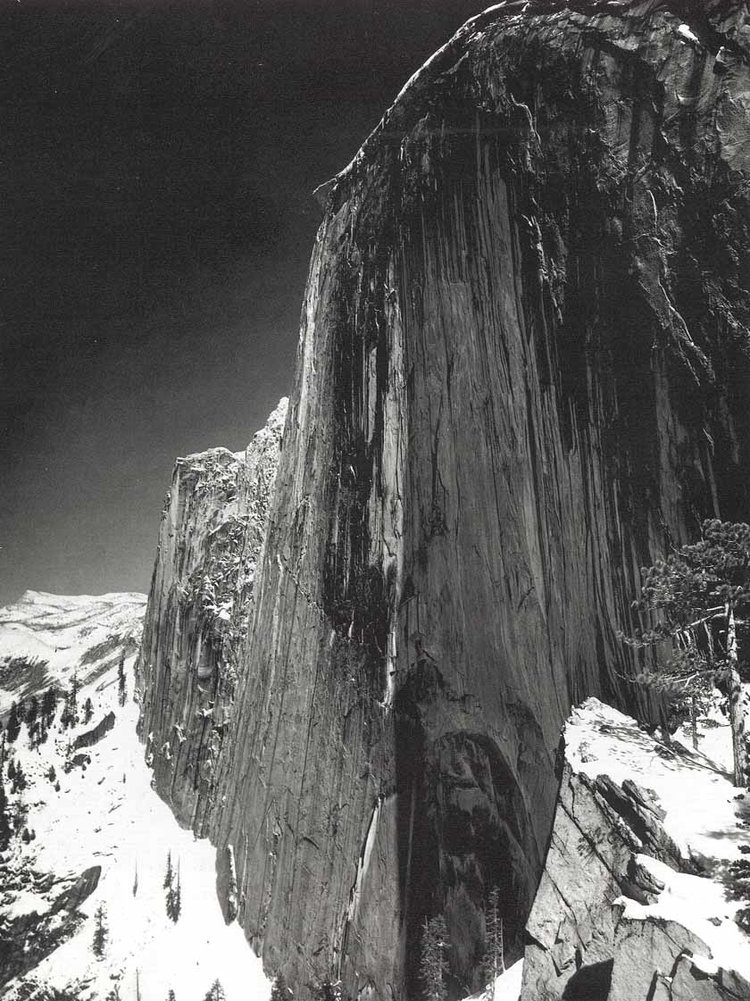

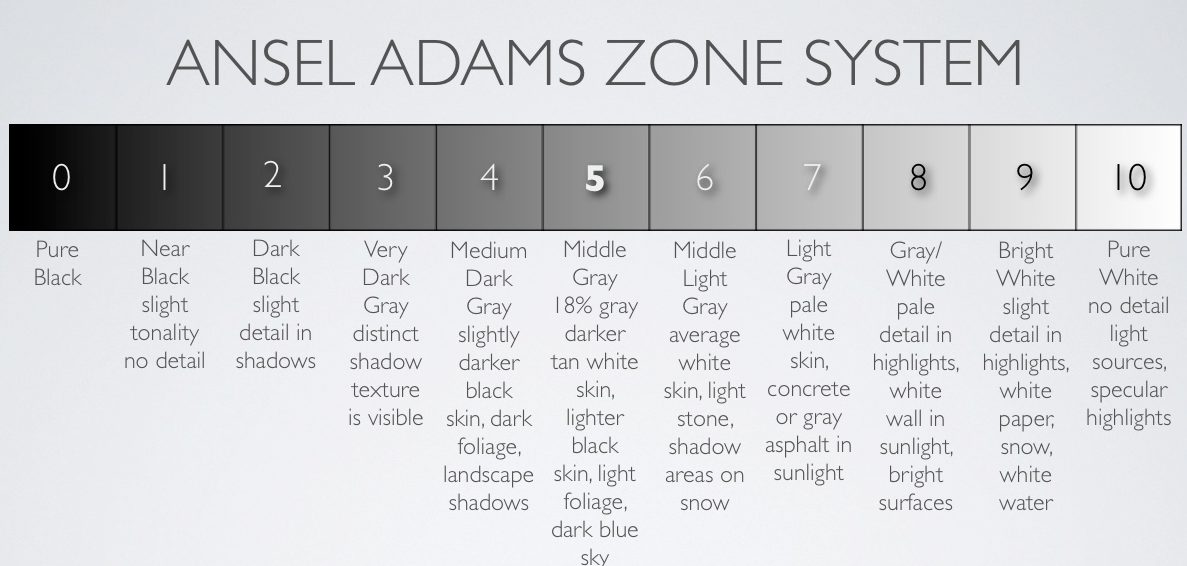


EXTENSION > COMPARE & CONTRAST: Compare and contrast the work of Ansel Adams and Edward Weston using Photo Literacy Matrix. Find 3 quotes that you can use in your analysis, that either supports/ disapprove your own view. Make sure that you comment on the quote used.
For example, you can use quotes:
1. a quote from Adams’ on Weston’s influence
2. a quote from Adams’ on his own practice, eg. technique, pre-visualisation (zone system), subject (nature), inspiration etc.
3. a quote from Weston on Adams’ images.
4. a quote from someone else, for example a critic, historian that comments either on Adams’ or Weston’s work.
I can’t tell you how swell it was to return to the freshness, the simplicity and natural strength of your photography … I am convinced that the only real security lies with a certain communion with the things of the natural world
— A letter from Edward to Ansel in 1936
Starting points…
Who – were they ?
What – did they do ?
When – was this taking place and what else was happening at the time
Where – was this happen
How – did all of this become synthesised ?
Why – what was driving these changes / developments
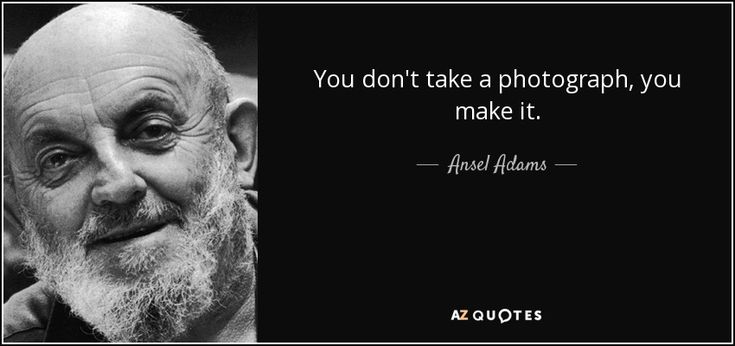
RURAL LANDSCAPE PHOTOGRAPHERS
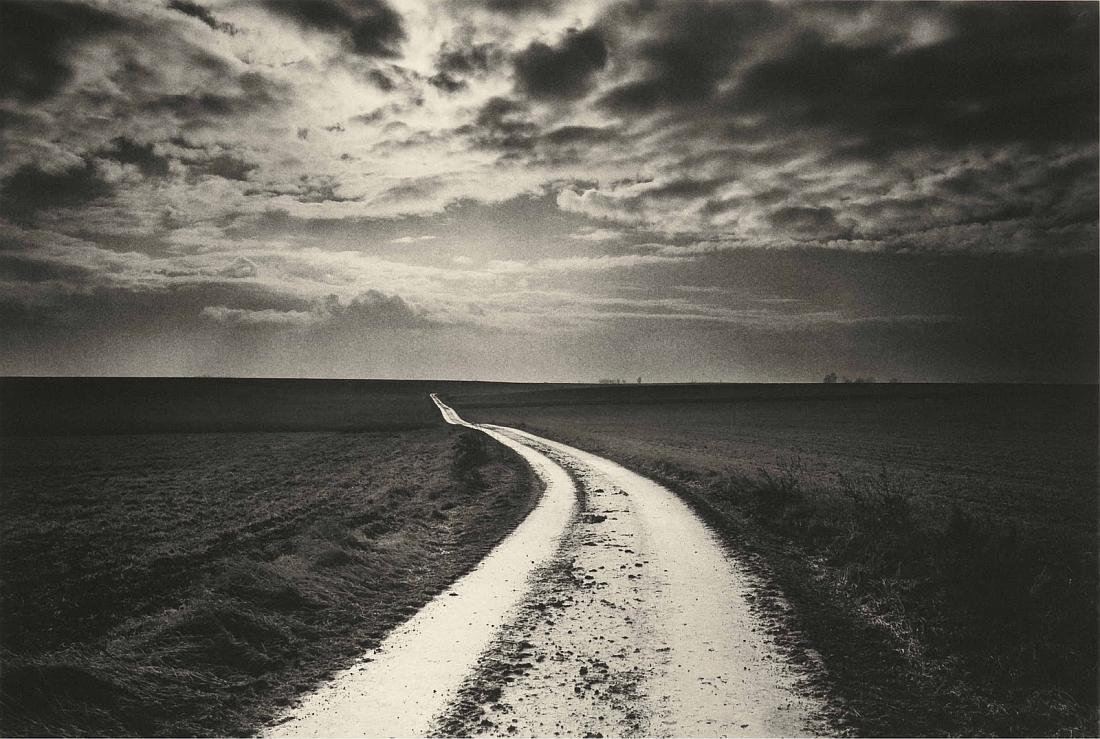
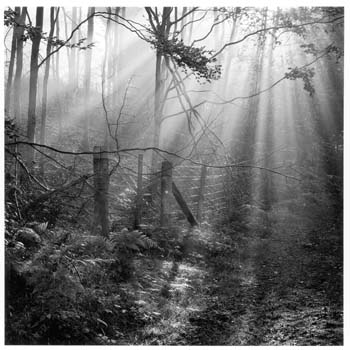
Wynn Bullock
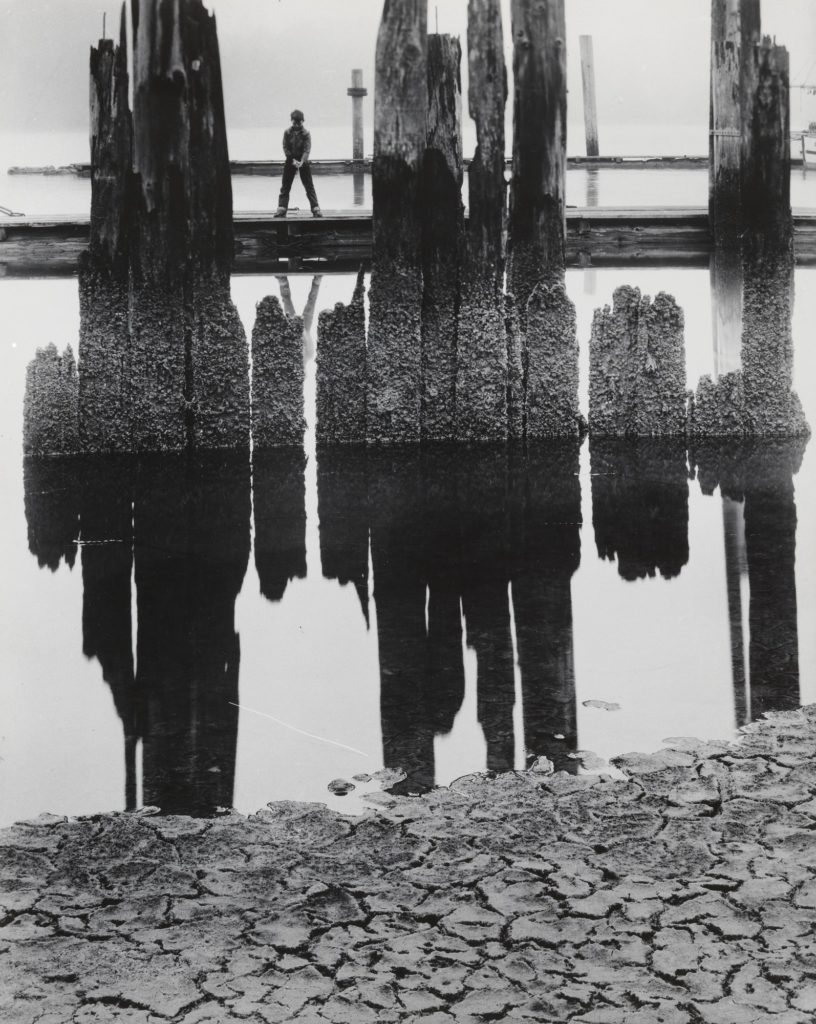
Fay Godwin
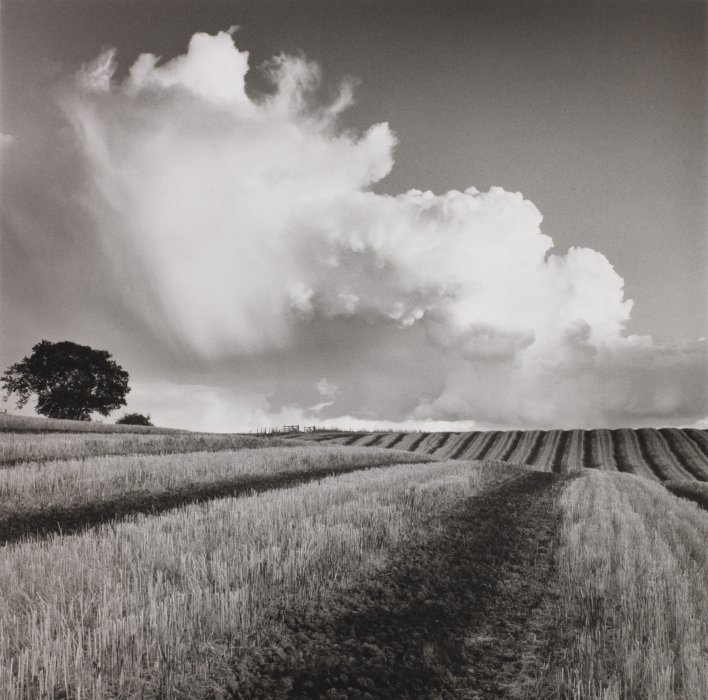
Edward Weston
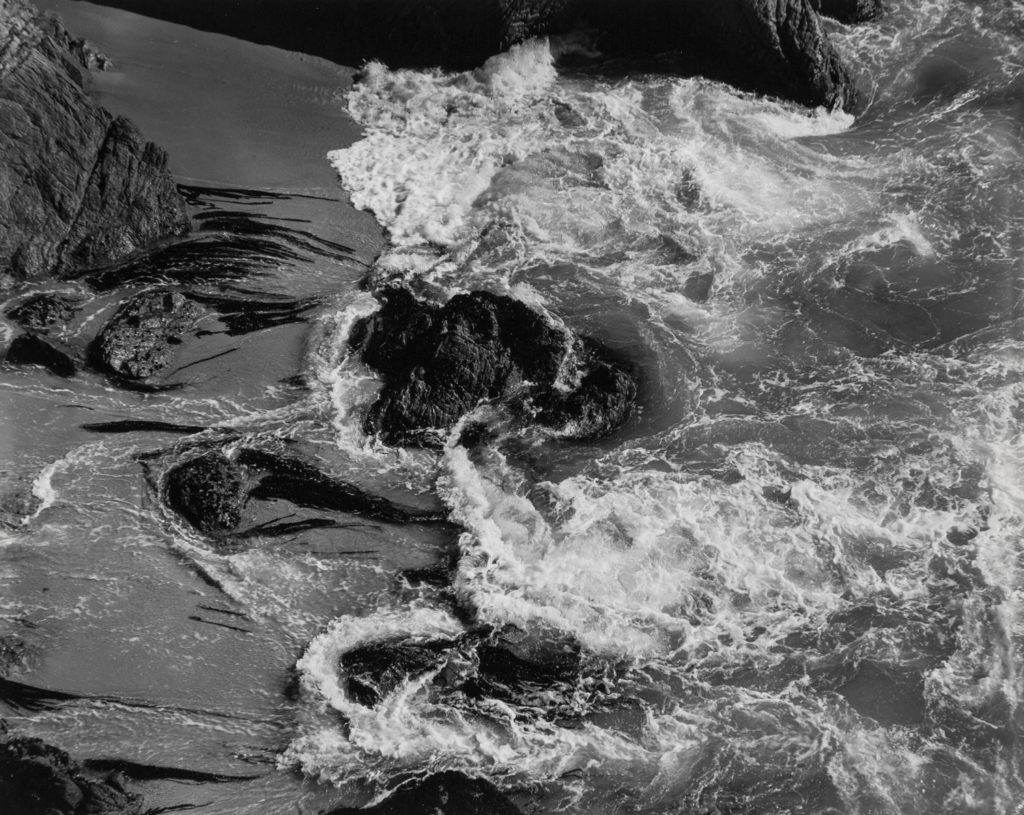
Minor White

Don McCullin

Jem Southam

BLOG POSTS to complete…
- An introduction to rural landscape photography, including a definition and mood-board of influential images
- Create an in-depth case study that analyses and interprets the work of a key landscape photographer…EG: Ansel Adams or Edward Weston or Fay Godwin or Don McCullin (or similar)
- Create a blog post that defines and explains what Romanticism is in Landscape Photography…include examples and make reference to Romanticism in other art-forms eg painting. Discuss the notion of the sublime and the picturesque.
4. Create a mind-map / mood-board of potential locations around Jersey that you could record and create romanticized landscape photographs of….look for extremes (either calm or wild, derelict, desolate, abandoned or stormy, battered and at the mercy of nature)
AIM to photograph the coastline, the sea, the fields, the valleys, the woods, the sand dunes etc.
USE the wild and dynamic weather and elements to help create a sense of atmosphere, and evoke an emotional response within your photo assignment.
PHOTOGRAPH before dark, at sunset or during sunrise…and include rain, fog, mist, ice, wind etc in your work
LOOK for LEADING LINES such as pathways, roads etc to help dissect your images and provide a sense of journey / discovery to them.
5. Take 150-200 photos of romanticised rural landscapes. . Add your edited selective contact sheets / select your best 6-10 images / include edits and screen shots to show this process. Ensure you include both monochrome and colour examples and show experimentation of producing HDR images from your bracketed shots using techniques both in Lightroom and Photoshop.
Photo-assignment
Monday 26th Feb – Monday 4th March due date
6. Produce comparative analysis between one of your images and a landscape photographer you have looked at for inspiration, such as Ansel Adams – discuss similarities and differences and comment on aesthetic connections with Romanticism and The Sublime.
REMEMBER you MUST use PHOTO-LITERACY (TECHNICAL / VISUAL / CONTEXTUAL / CONCEPTUAL) to analyse effectively.
Ensure that you include the following key terms in your blog posts…
- Composition (rule of thirds, balance, symmetry)
- Perspective (linear and atmospheric, vanishing points)
- Depth (refer to aperture settings and focus points, foreground, mid-ground and back-ground)
- Scale (refer to proportion, but also detail influenced by medium / large format cameras)
- Light ( intensity, temperature, direction)
- Colour (colour harmonies / warm / cold colours and their effects)
- Shadow (strength, lack of…)
- Texture and surface quality
- Tonal values ( contrast created by highlights, low-lights and mid-tones)

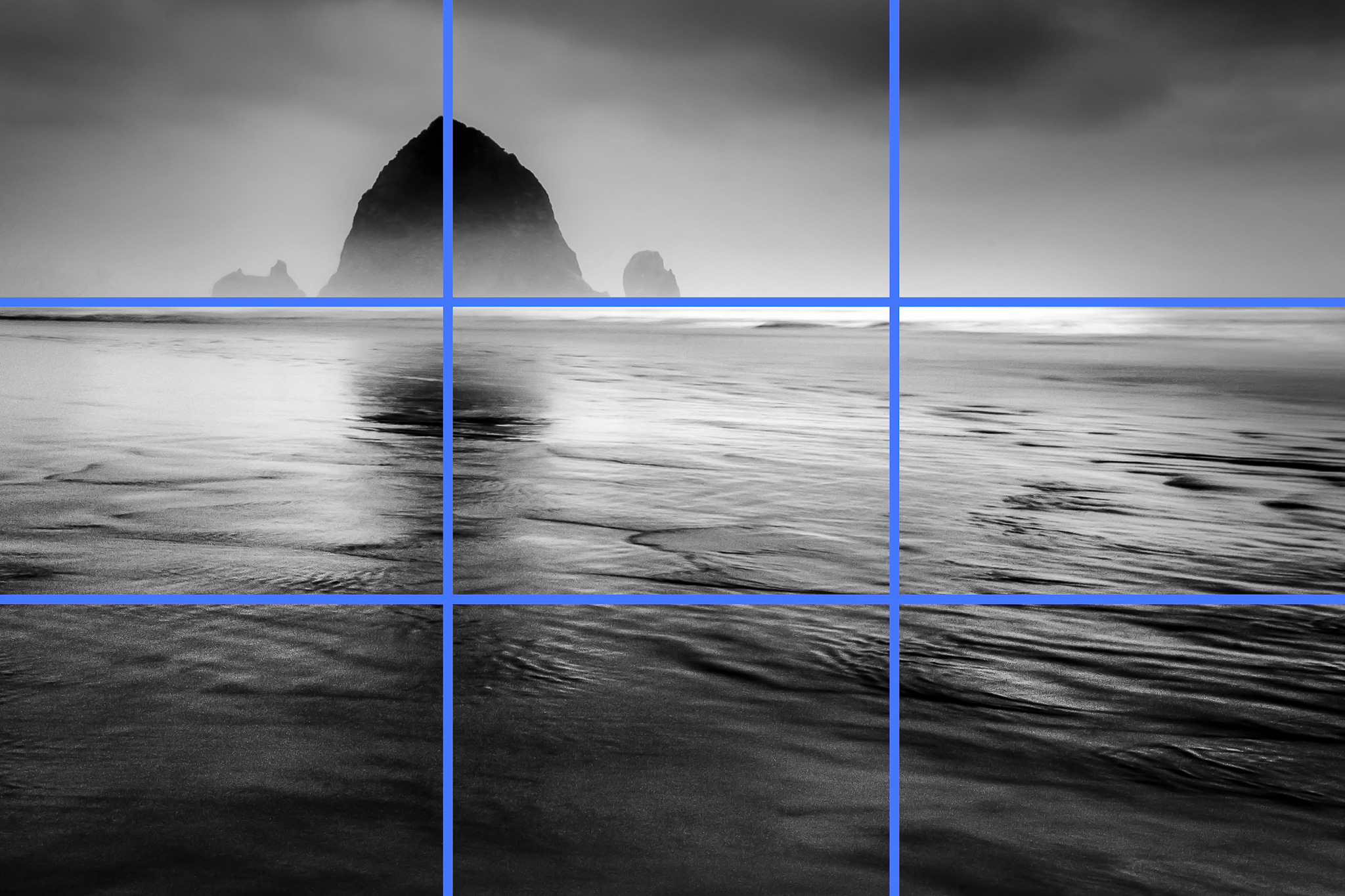

EXPOSURE BRACKETING
Exposure bracketing means that you take two more pictures: one slightly under-exposed (usually by dialing in a negative exposure compensation, say -1/3EV), and the second one slightly over-exposed (usually by dialing in a positive exposure compensation, say +1/3EV), again according to your camera’s light meter.
TASK : try a few variation of exposure bracketing to create the exposures that you want…you may already have pre-sets on your phone or camera to help you do this, but experimenting manually will help your understanding!
Many digital cameras include an Auto Exposure Bracketing (AEB) option. When AEB is selected, the camera automatically takes three or more shots, each at a different exposure. Auto Exposure Bracketing is very useful for capturing high contrast scenes for HDR like this…
…by taking the same photograph with a range of different exposure settings

You can use Exposure Compensation to quickly adjust how light or how dark your exposure will be using these controls…
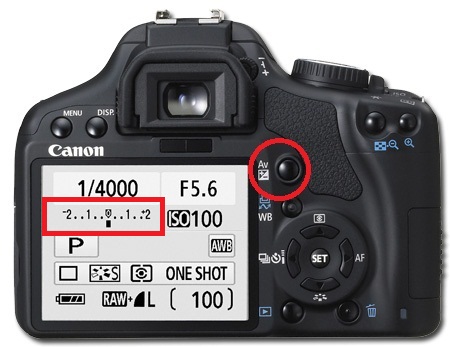
Or set the amount of “bracketing” like this…

HDR photography is a technique where multiple bracketed images are blended together to create a single beautifully exposed photograph with a full dynamic range of tones from the very dark to the very brightest.




Your camera can only capture a limited range of lights and darks (i.e., it has a limited dynamic range). If you point your camera at a dark mountain in front of a bright sunset, no matter how much you tweak the image exposure, your camera will generally fail to capture detail in the mountain and the sky; you’ll either capture an image with a beautiful sky but a dark, less detailed mountain, or you’ll capture an image with a detailed mountain but a bright, blown-out sky. High dynamic range photography (HDR) aims to address this issue. Instead of relying on the camera’s limited dynamic range capabilities, you take multiple photos that cover the entire tonal range of the scene.

Ansel Adams zone system was in essence a pre-cursor of HDR with the outcome of producing an image with a full range of tones showing details in both the bright areas and dark shadows.
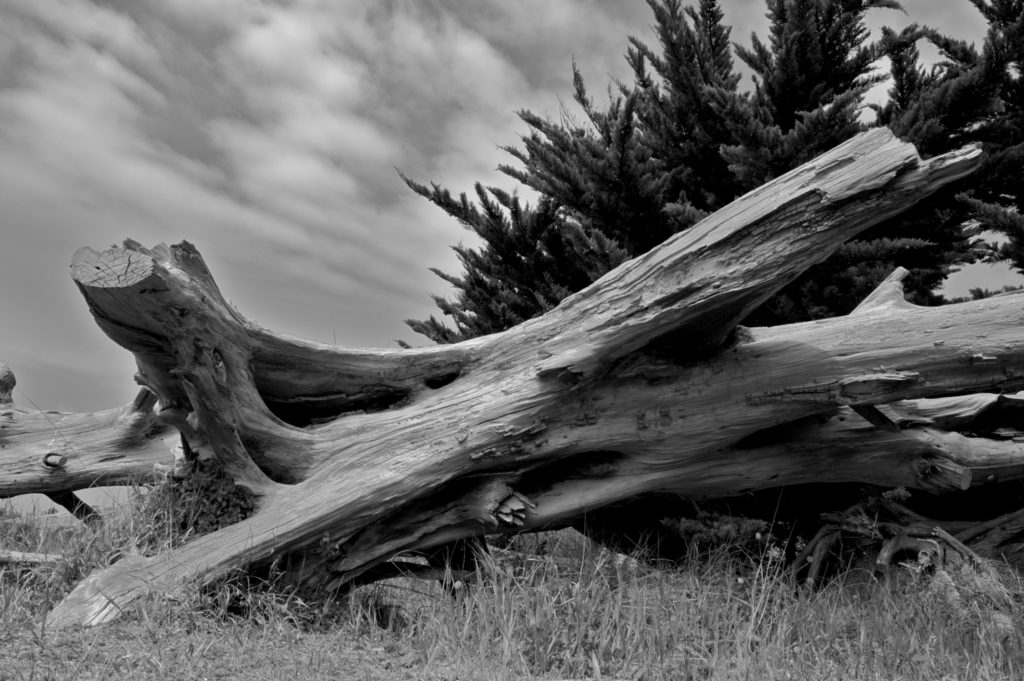
Panoramic Landscapes

David Hockney Joiner Photo-collage

Always follow the 10 Step Process and create multiple blog posts for each unit to ensure you tackle all Assessment Objectives thoroughly :
- Mood-board, definition and introduction (AO1)
- Mind-map of ideas (AO1)
- Artist References / Case Studies (must include image analysis) (AO1)
- Photo-shoot Action Plan (AO3)
- Multiple Photoshoots + contact sheets (AO3)
- Image Selection, sub selection, review and refine ideas (AO2)
- Image Editing/ manipulation / experimentation (AO2)
- Presentation of final outcomes (AO4)
- Compare and contrast your work to your artist reference(AO1)
- Evaluation and Critique (AO1+AO4)
URBAN AND INDUSTRIAL LANDSCAPES
Over the next two weeks you will be looking at producing blog posts and responding photographically to:
- New Topographics
- Urban Landscapes
- Industrial Landscapes
- Camera Skills – vantage points/ Typologies (dead-pan aesthetic)
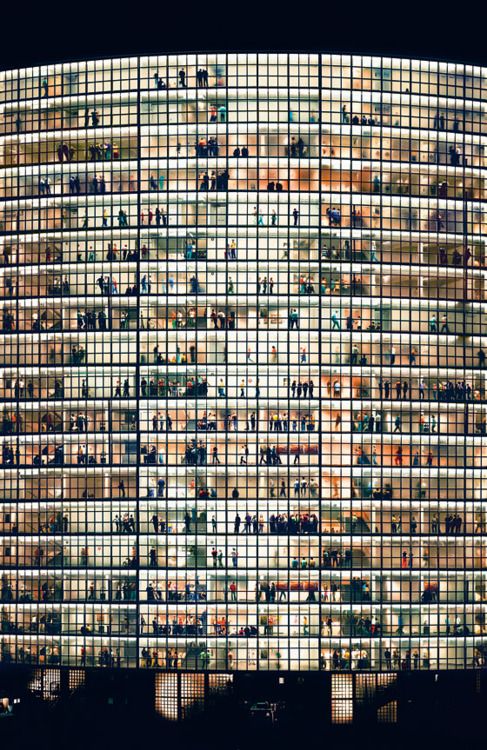






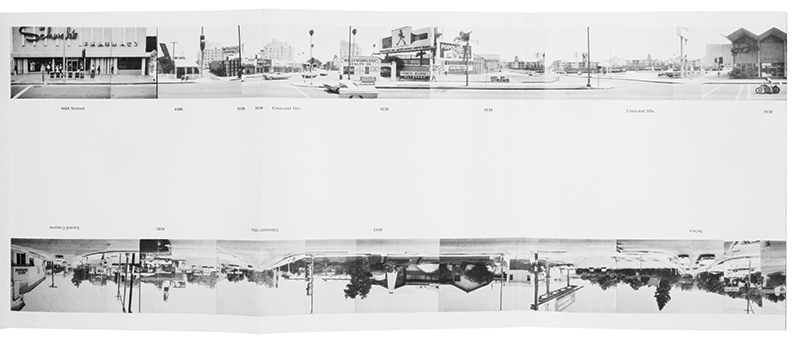
The New Topographics
You will be learning about photographing man-altered landscapes and The New Topographics and will be shown inspiration, influences, background and theory…and will be taken on at least 1 x guided photo-walk.
New Topographics was a term coined by William Jenkins in 1975 to describe a group of American photographers (such as Robert Adams and Lewis Baltz) whose pictures had a similar banal aesthetic, in that they were formal, mostly black and white prints of the urban landscape…
The beginning of the death of “The American Dream”
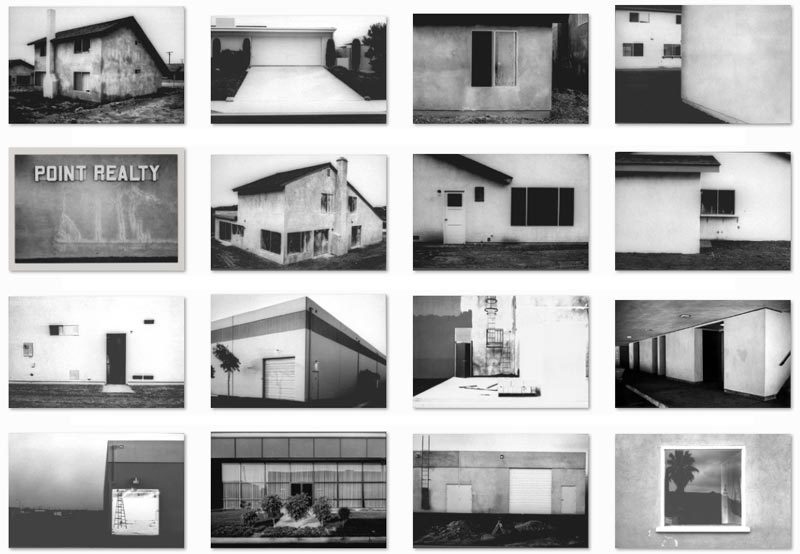
Many of the photographers associated with The New Topographics including Robert Adams, Lewis Baltz, Nicholas Nixon and Bernd and Hiller Becher, were inspired by the man-made…selecting subject matter that was matter-of-fact.
New Topographics was inspired by the likes of Albert Renger Patszch and the notion of The New Objectivity
Parking lots, suburban housing and warehouses were all depicted with a beautiful stark austerity, almost in the way early photographers documented the natural landscape. An exhibition at the International Museum of Photography in Rochester, New York featuring these photographers also revealed the growing unease about how the natural landscape was being eroded by industrial development.
What was the New Topographics a reaction to?
The stark, beautifully printed images of the mundane but oddly fascinating topography was both a reflection of the increasingly suburbanised world around them, and a reaction to the tyranny of idealised landscape photography that elevated the natural and the elemental…
Post-war America struggled with
- Inflation and labor unrest. The country’s main economic concern in the immediate post-war years was inflation. …
- The baby boom and suburbia. Making up for lost time, millions of returning veterans soon married and started families…
- Isolation and splitting of the family unit, pharmaceuticals and mental health problems
- Vast distances, road networks and mobility

The New Topographics were to have a decisive influence on later photographers including those artists who became known as the Düsseldorf School of Photography.
Research a selection of the photographers associated with New Topographics and respond with…
Links to help with researching of Topographic Photographers:
Respond with:
- similar imagery from your own photo-shoots / image library
- analytical comparisons and contrasts
- a presentation of final images
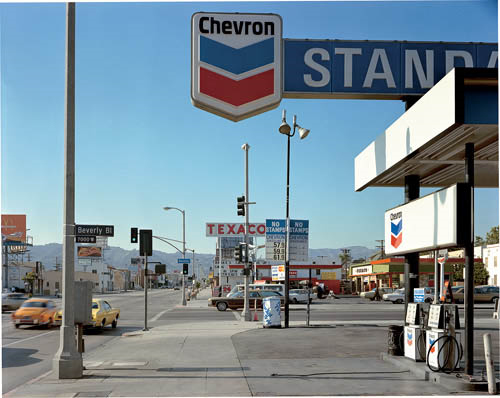
CASE STUDY: Stephen Shore, Beverly Boulevard and La Brea Avenue, Los Angeles, California, June 21, 1975, chromogenic colour print
Analysis and discussion… starting points and key features of The New Topographics
- Foreground vs background | Dominant features
- Composition | low horizon line | Square format
- Perspective and detail / cluttering
- Wide depth of field | Large Format Camera
- Colour | impact and relevance
- Nationalism vs mobility vs isolation
- Social commentary | The American Dream ?
- An appreciation of the formal elements : line, shape, form, texture, pattern, tone etc

Explore Robert Adams seminal photobook: The New West here
Critic Sean O’Hagan, writing in The Guardian, said “his subject has been the American west: its vastness, its sparse beauty and its ecological fragility…What he has photographed constantly – in varying shades of grey – is what has been lost and what remains” and that “his work’s other great subtext” is silence…
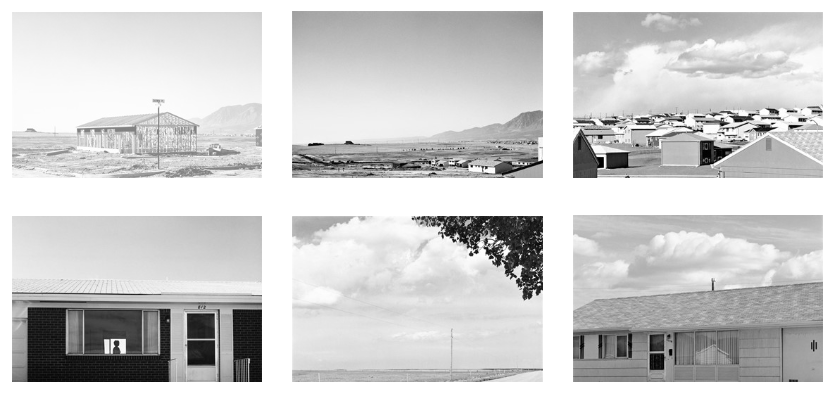
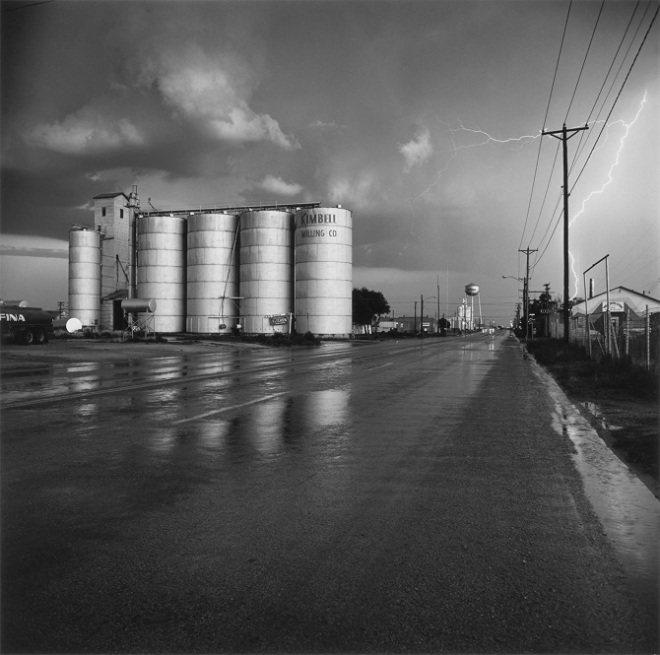

You could also look at these photographers who has been influenced by New Topographics…see below for images/ examples under RESOURCES…
Remember to use this
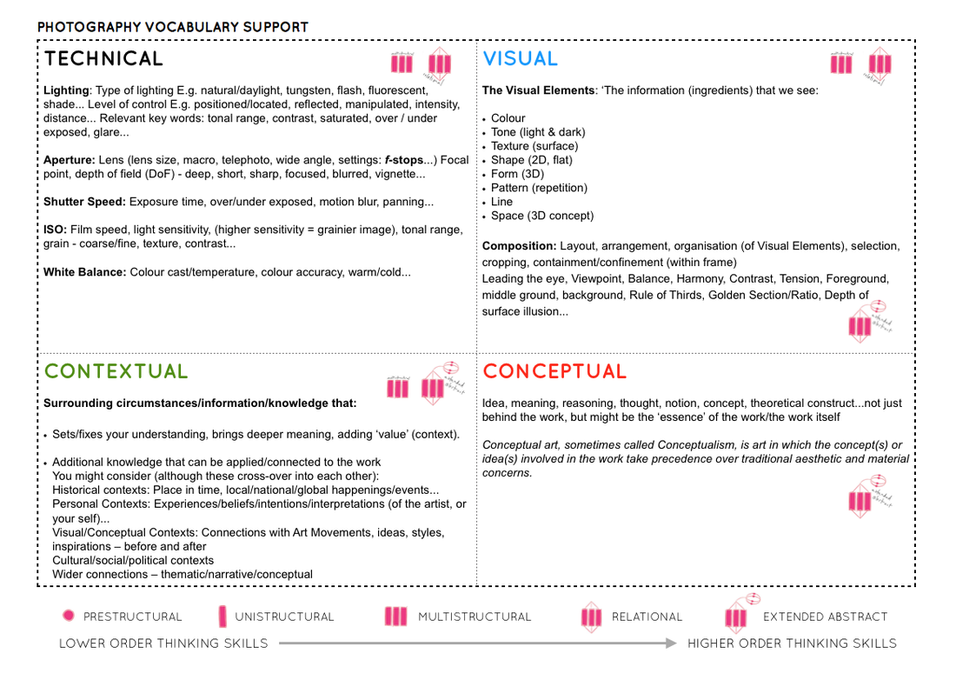
Follow this 10 Step Process and create multiple blog posts for each unit to ensure you tackle all Assessment Objectives thoroughly :
- Mood-board, definition and introduction (AO1)
- Mind-map of ideas (AO1)
- Artist References / Case Studies (must include image analysis) (AO1)
- Photo-shoot Action Plan (AO3)
- Multiple Photoshoots + contact sheets (AO3)
- Image Selection, sub selection (AO2)
- Image Editing/ manipulation / experimentation (AO2)
- Presentation of final outcomes (AO4)
- Compare and contrast your work to your artist reference(AO1)
- Evaluation and Critique (AO1+AO4)

- Research and explore The New Topographics and how photographers have responded to man’s impact on the land, and how they found a sense of beauty in the banal ugliness of functional land use…
- Create a blog post that defines and explains The New Topographics and the key features and artists of the movement.
- ANSWER : What was the new topographics a reaction to?
- A case study on your chosen NEW TOPOGRAPHIC landscape photographer. Choose from…ROBERT ADAMS, STEPHEN SHORE, JOE DEAL, FRANK GOLKHE, NICHOLAS NIXON, LEWIS BALTZ, THE BECHERS, HENRY WESSEL JR, JOHN SCHOTT ETC to write up a case study that will inspire your own photography.
- Analyse one image of this photographers work. Use the vocabulary support sheet to help. https://hautlieucreative.co.uk/photo22al/2020/08/20/photo-vocab-support/
Photo Walk – urban
Once you have completed your photo walk from Havre Des Pas to La Collette you should aim to make comparisons with photographers and their work…as well as the notion of psychogeography to help understand your surroundings
Your image selection and editing may be guided by this work…and you must show that you can make creative connections.
For Example Albert Renger Patszch and The New Objectivity
https://www.atlasofplaces.com/photography/new-objectivity/
or Keld Helmer Petersen
https://www.keldhelmerpetersen.com/1950-1959
- Produce a list of places in Jersey you could go and shoot urban landscapes. Create a blog post of a visual mood board and photo shoot plan.
Scrapyards, building sites, cranes, restoration yards, derelict ruins, car parks, underpass, harbours and dockyards, industrial centres, retail park, stadiums, floodlight arenas, staircases, road systems, circuit boards, pipework, telephone poles, towers, pylons, shop displays, escalators, bars, libraries, theatres and cinemas, gardens, parks, playgrounds, swimming pools, etc. - Possible titles to inspire you and choose from… Dereliction / Isolation / Lonely Places / Open Spaces / Close ups / Freedom / Juxtaposition / Old and new / Erosion / Altered Landscapes / Utopia / Dystopia / Wastelands / Barren / Skyscapes / Urban Decay / Former Glories / Habitats / Social Hierarchies / Entrances and Exits / Storage / Car Parks / Looking out and Looking in / Territory / Domain / Concealed and Revealed

Explore these options…
- St Helier
- Residential areas
- Housing estates
- High
- Retail Parks and shopping areas
- Industrial Areas
- Car Parks (underground and multi-storey too)
- Leisure Centres
- Building sites
- Demolition sites
- Built up areas
- Underpass / overpass
- The Waterfont
- Harbours
- Airport
- Finance District (IFC buildings)
What do I photograph?
ROADS / BUILDINGS / STREETS / ST HELIER / FLATS / CAR PARKS / OFFICE BLOCKS / PLAYING FIELDS / SCHOOL / SHOPS / SUPERMARKETS / BUILDING SITES / TRAFFIC / HOTELS
Where to shoot ?
ORDANCE YARD / ST AUBINS HIGH STREET / COBBLED BACK STREETS / OLD ST HELIER / NEW ST HELIER / FLATS / ESPLANADE / TOWN / CAR PARKS / FORT REGENT / FINANCE DISTRICT / UNDERPASS / TUNNEL / NIGHT TIME / PIER ROAD CAR PARK / HUE COURT / LE MARAIS FLATS / PLAYING FIELDS / SCHOOLS / ANN STREET BREWERY BUILDING SITE / SPRINGFIELD STADIUM / WATERFRONT / SH HARBOUR / LA COLLETTE
WHERE IN JERSEY ??



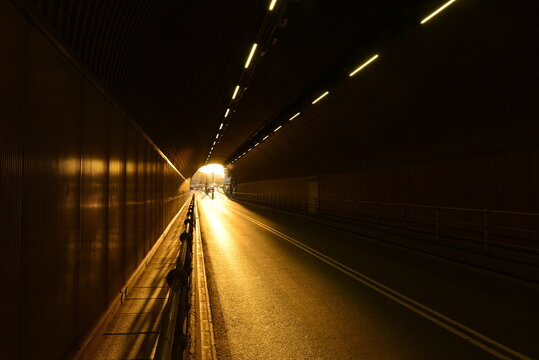












- First photoshoot inspired and influenced by New Topographics. (+100 photographs). Remember to include examples of work by photographers associated with that exhibition/ movement that have influenced your work.
- Select, consider and decide on best images (show contact sheets)
- Develop ideas through digital manipulation (ie: cropping, contrast, colour balance etc.)
- Realise a final outcome.
- Second photoshoot inspired and influenced by your case study of your chosen urban landscape photographer. see list below URBAN PHOTOGRAPHERS (+100 photographs). Can be any urban landscape photographer, but remember to include a brief case study and examples of their work that have influenced your work.
You could experiment with different vantage points eg: worms eye view, or birds eye view OR create a study on TYPOLOGY. - Select, consider and decide on best images (show contact sheets)
- Develop ideas through digital manipulation (ie: cropping, contrast, colour balance etc.)
- Realise a final outcome.
Technical: Shoot using different vantage points.
Why Is Vantage Point Important?
Your vantage point affects the angles, composition, and narrative of a photograph. It is an integral part of the decision-making process when taking a photograph.
We often spend more time considering camera settings and lighting, than exploring viewpoints. A picture taken from a unique vantage point makes us think about the subject in a different way. Perspectives from high or low angles add emotion to the photograph.
Eye-level vantage points provide a feeling of directness and honesty. Changing your vantage point can include or exclude part of the photo’s story.
As you look through your viewfinder, ask yourself some questions:
- How could I add interest to the subject?
- How can I show the viewer a new perspective on this subject?
- Do I always stand in this position when taking photos?
- What else can I include in the frame to tell the story? How can I make this happen?
TRY LOOKING UP, LOOKING DOWN, AT AN ANGLE, FROM A DISTANCE, A WORMS EYE VIEW and BIRDS EYE VIEW ETC.
WORMS EYE VIEW
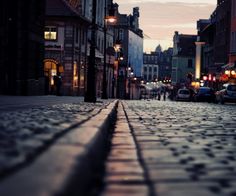




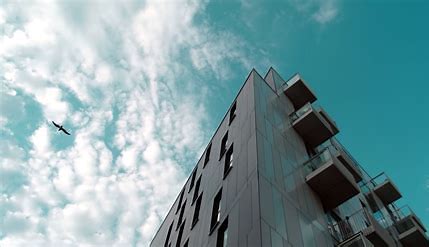
- Select one of your photographs to compare and contrast against one photograph of your chosen photographer.
- Create a venn diagram to illustrate the similarities and differences between the images.
- Using this information and prompts from the Photo Vocab Sheet write an in depth and thorough analysis. https://hautlieucreative.co.uk/photo22al/2020/08/20/photo-vocab-support/

Always ensure you have enough evidence of…
- moodboards (use influential images)
- mindmap of ideas and links
- case studies (artist references-show your knowledge and understanding)
- photo-shoot action plans / specifications (what, why, how, who, when , where)
- photo-shoots + contact sheets (annotated)
- appropriate image selection and editing techniques
- presentation of final ideas and personal responses
- analysis and evaluation of process
- compare and contrast to a key photographer
- critique / review / reflection of your outcomes
MORE RESOURCES / IDEAS / INSPIRATIONS
TYPOLOGIES and the landscape
Bernd and Hilla Becher – Typologies of industrial architecture
Read this useful introduction to the Becher’s work from American Photo magazine which describes their interest in the ‘Grid’ and their influence on future generations of photographers, members of the Düsseldorf School.
The term ‘Typology’ was first used to describe a style of photography when Bernd and Hilla Becher began documenting dilapidated German industrial architecture in 1959. The couple described their subjects as ‘buildings where anonymity is accepted to be the style’.
Partly inspired by the likes of Karl Blossfeldt, August Sander and The New Objectivity (that we looked at in the previous project)
Stoic and detached, each photograph was taken from the same angle, at approximately the same distance from the buildings. Their aim was to capture a record of a landscape they saw changing and disappearing before their eyes so once again, Typologies not only recorded a moment in time, they prompted the viewer to consider the subject’s place in the world.
The Bercher’s influence as lecturers at the The Dusseldorf School of Photography passed Typologies onto the next generation of photographers. Key photographic typologists such as Thomas Struth, Thomas Ruff, Thomas Demand and Gillian Wearing lead to a resurgence of these documentary-style reflections on a variety of subject matter from Ruff’s giant ‘passport’ photos to Demand’s desolate, empty cities.

You could:
Create your own typological series documenting repeated forms within your surroundings. For example, you might like to choose one of the following subjects:
- front doors on the street where you live
- cracks in the pavement
- fences and walls
- the colours of all the cars in the supermarket car park
- telegraph poles viewed from below
- TV aerials silhouetted against the sky
KEVIN BAUMAN

Images from 100 Abandoned Houses – A record of abandonment in Detroit in the mid 90’s by Kevin Bauman
Ed Ruscha, “Every Building On The Sunset Strip”
The artist Ed Ruscha is famous for his paintings and prints but is also known for his series of photographic books based on typologies, among them Every Building on the Sunset Strip, Twentysix Gasoline Stations, Some Los Angeles Apartments, and Thirtyfour Parking Lots. Ruscha employs the deadpan style found in many photographic topologies. The book shown above is a 24 foot long accordion fold booklet that documents 1 1/2 miles of the Sunset Strip in Hollywood.


Here’s another topology for you to look at by Ólafur Elíasson :
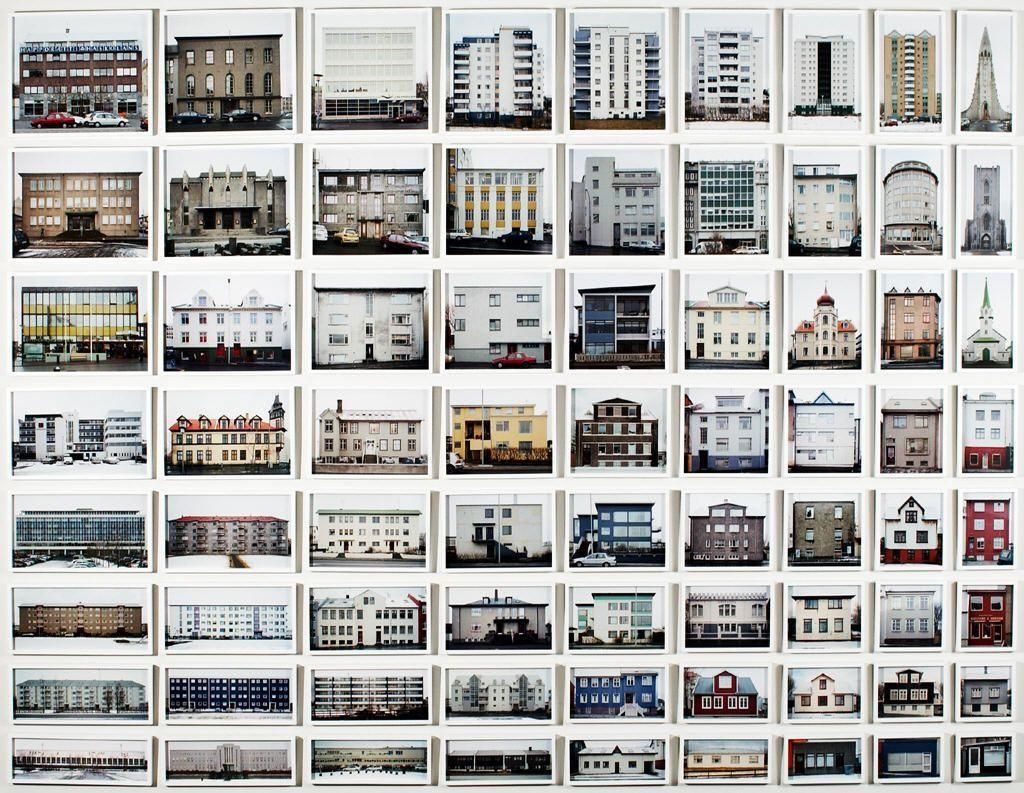
Thom and Beth Atkinson “Missing Buildings”2016
https://www.thomatkinson.com/missing-buildings
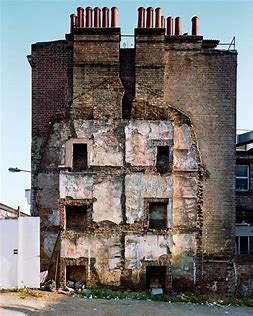

The structures in the Bechers’ original photographs are almost identical, though in Khan’s hands the images’ contrast and opacity is adjusted to ensure each layer can be seen and has presence. Though Khan works in mechanised media and his images are of industrial subjects, their effect is of a soft ethereal energy. They exude a transfixing spiritual quality in their densely compacted details and ghostly outlines. …Prison Type Gasholders conveys a sense of time depicted in motion, as if transporting the old building, in its obsolete black and white format, into the extreme future.
Creative Outcomes Can include : grids, animations, GIFs, Timelapse etc
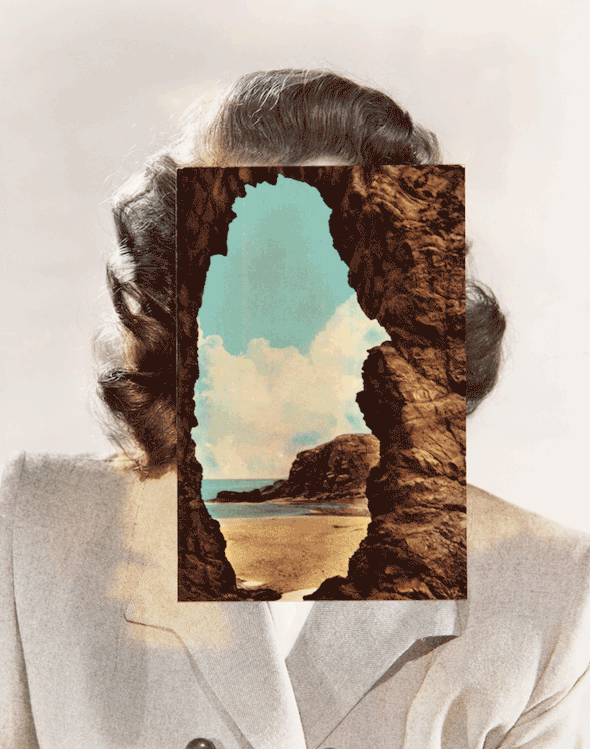
- Eugene Agtet
- Ed Ruscha
- Thomas Struth
- Gabrielle Basilico
- Gerry Johansson
- W. Eugine Smith
- Rut Blees Luxemburg
- Panos Kokkinios
- Naoya Hatakeyama
Eugene Agtet
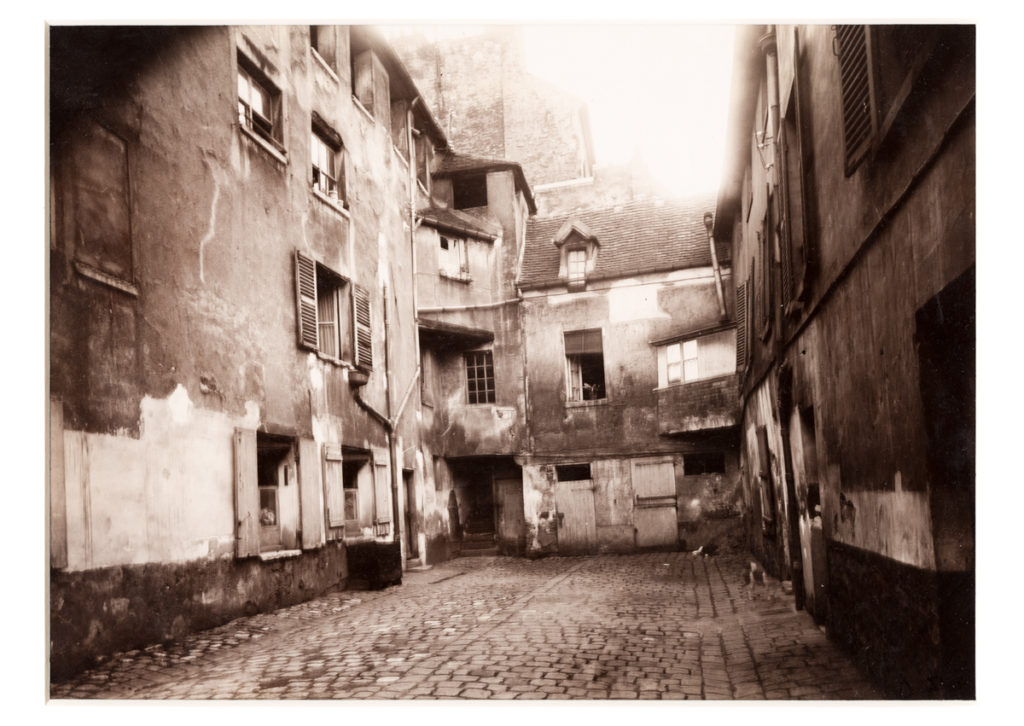
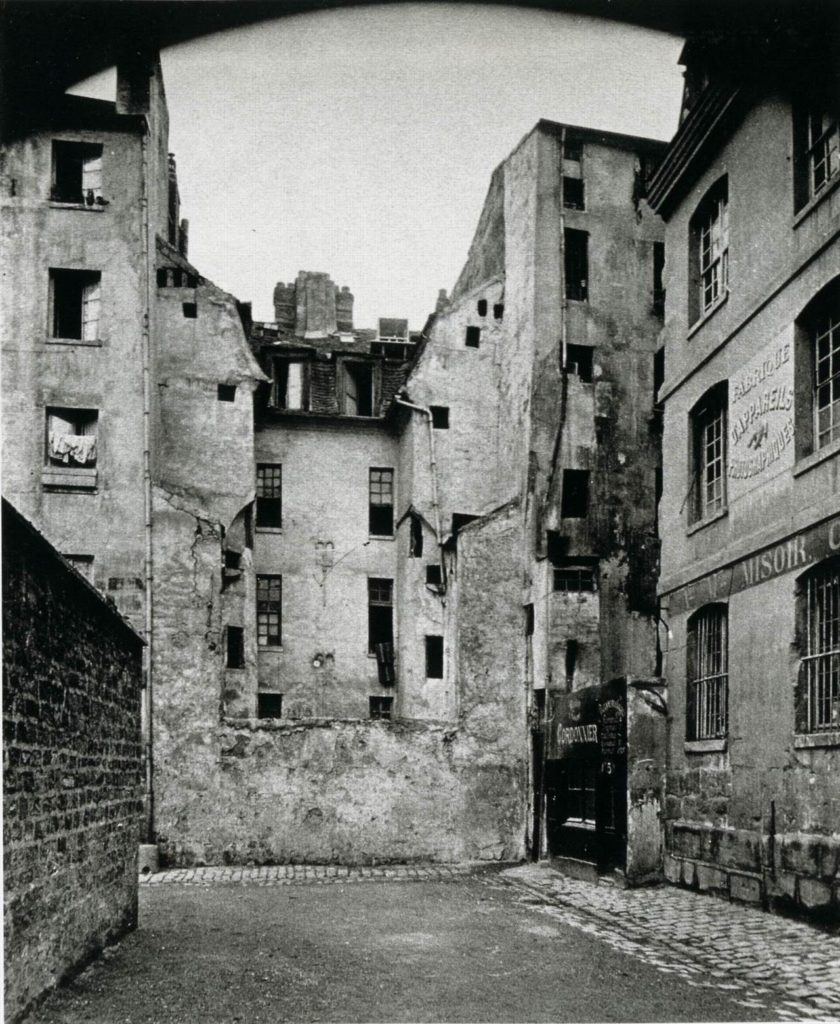
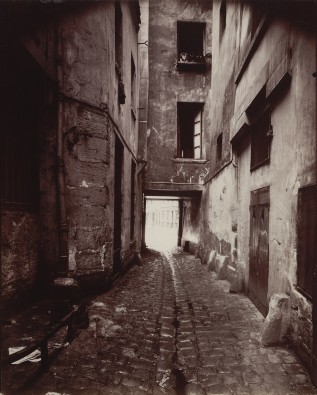
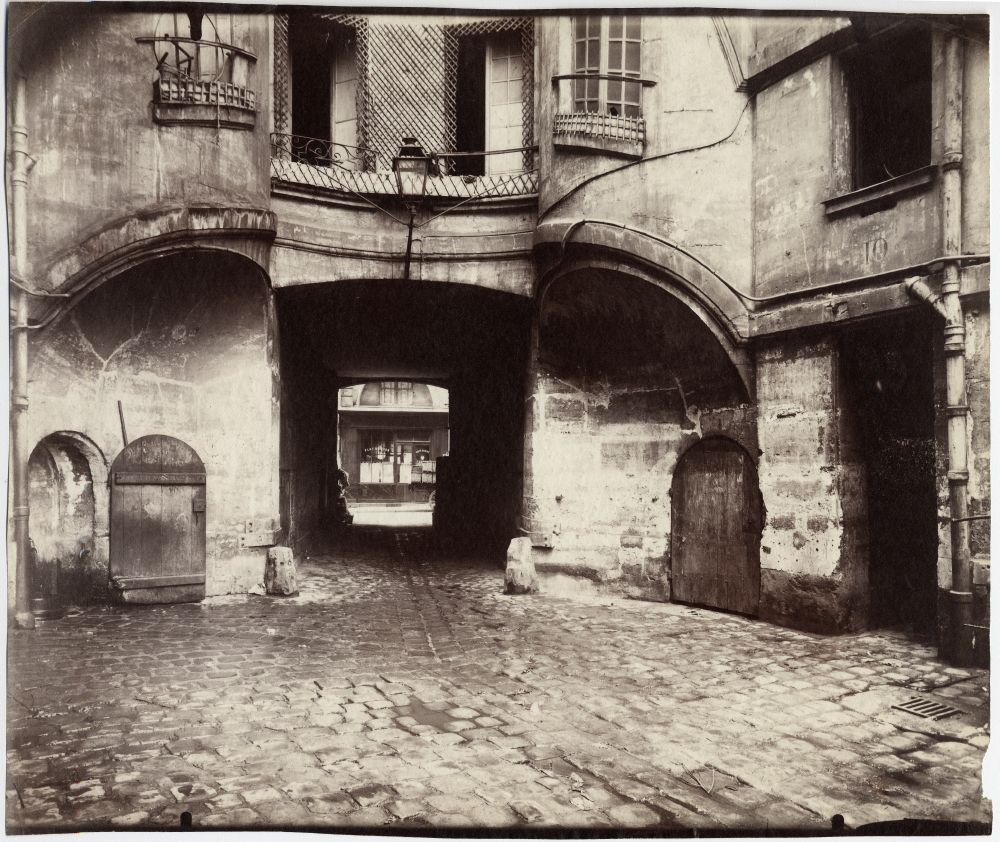
Ed Ruscha


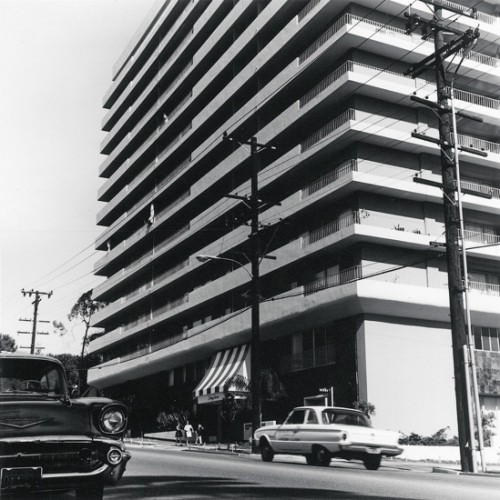
Thomas Struth



Gabrielle Basilico



Gerry Johansson



W. Eugene Smith


Rut Blees Luxemburg



Panos Kokkinios



Naoya Hatakeyama




- Alexander Apostol
- Bernd & Hilla Becher
- Donovan Wylie
- Edward Burntsky
- Frank Breuer
- Gerry Johansson
- Joel Sternfeld
- Josef Schultz
- Lewis Baltz
- Charles Sheeler
Alexander Apostol



Bernd & Hilla Becher
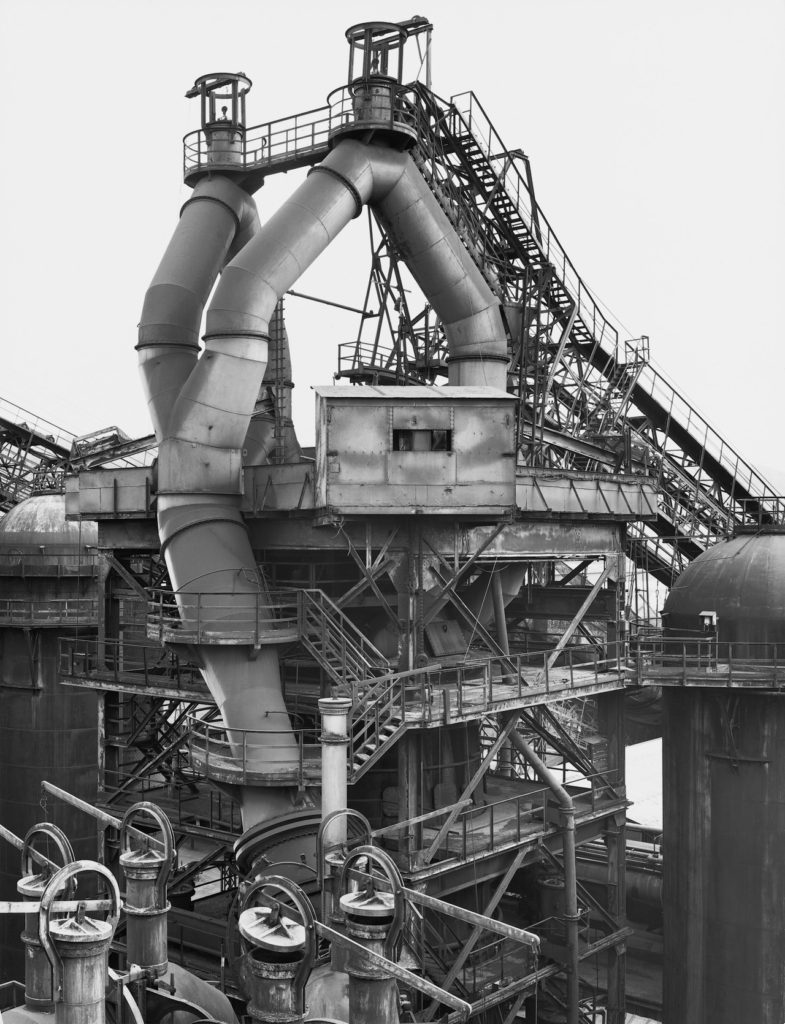

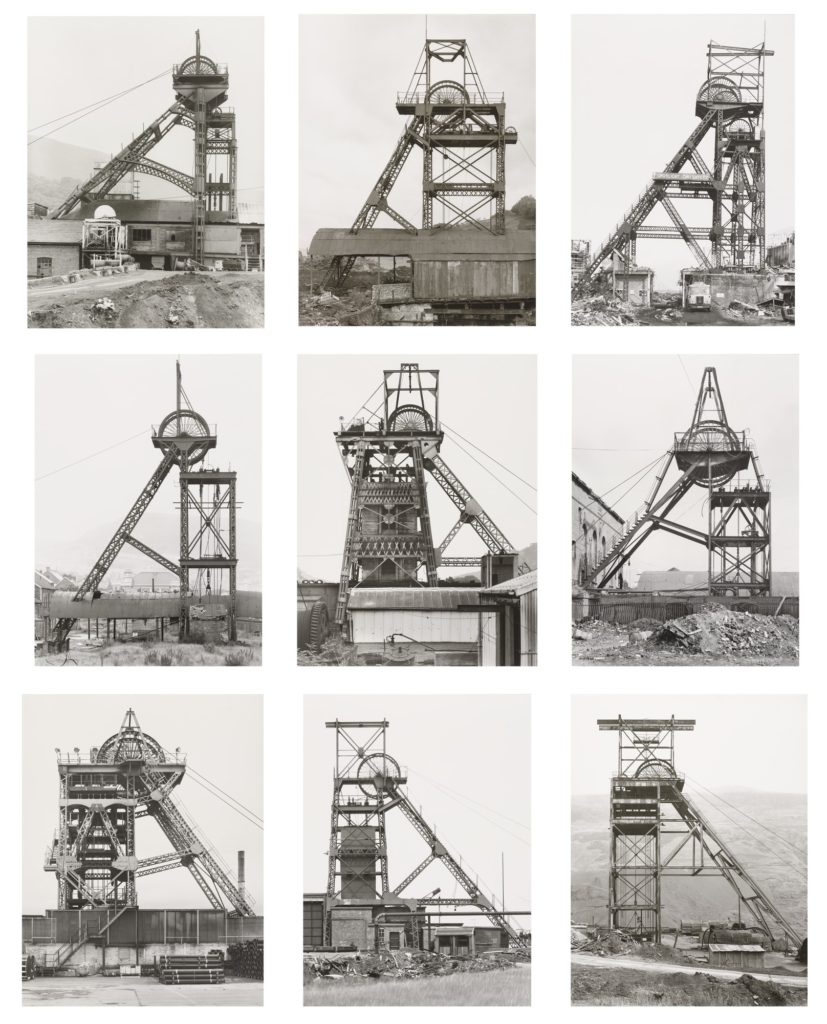

Donovan Wylie
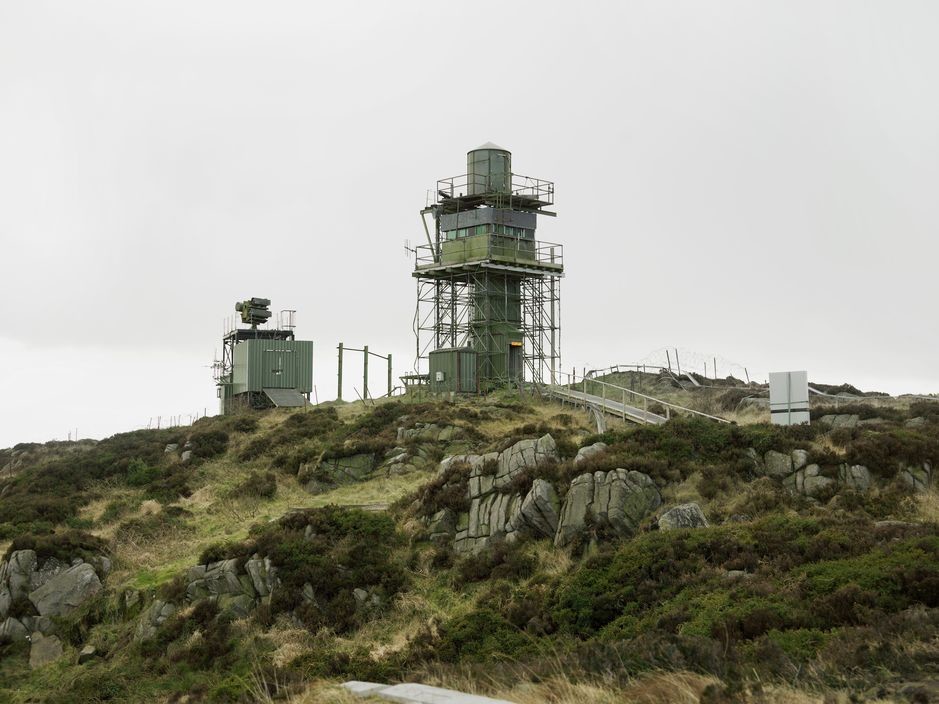



Edward Burntsky






Frank Breuer
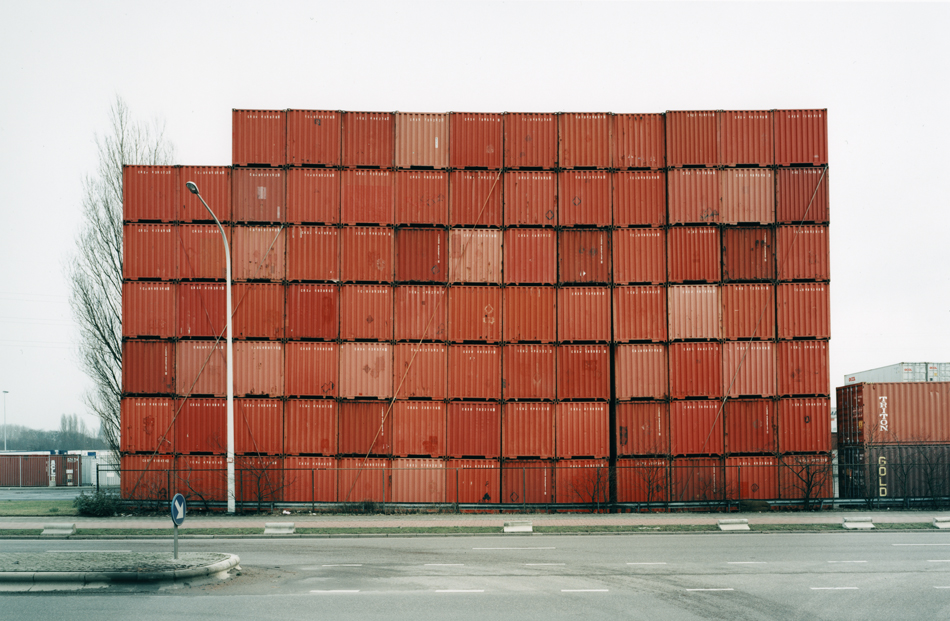
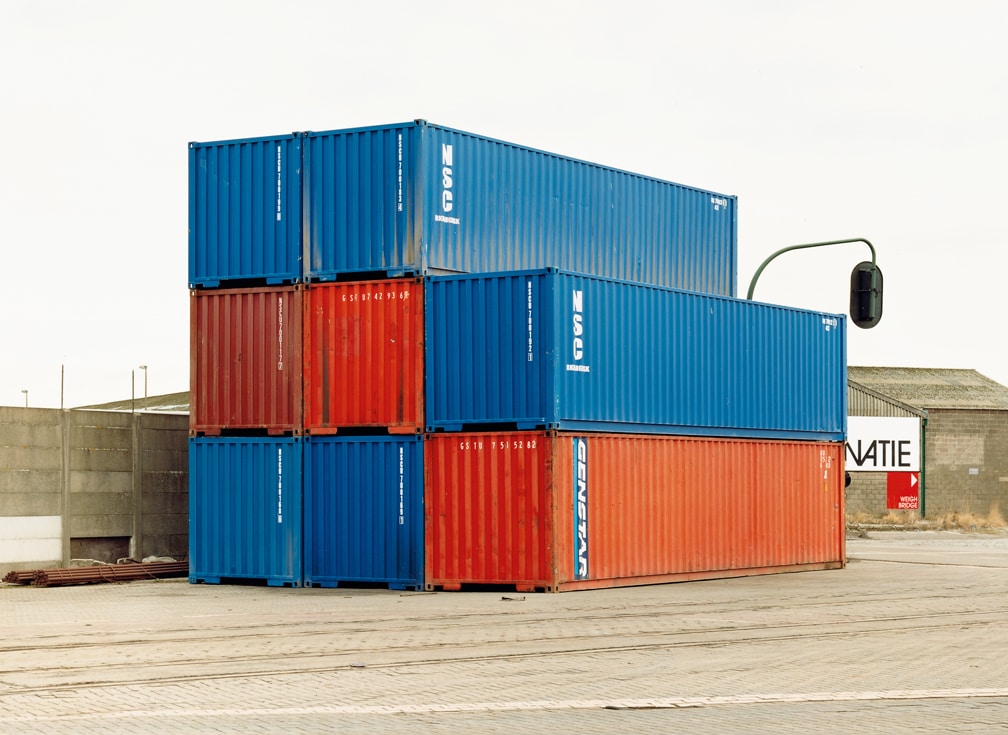
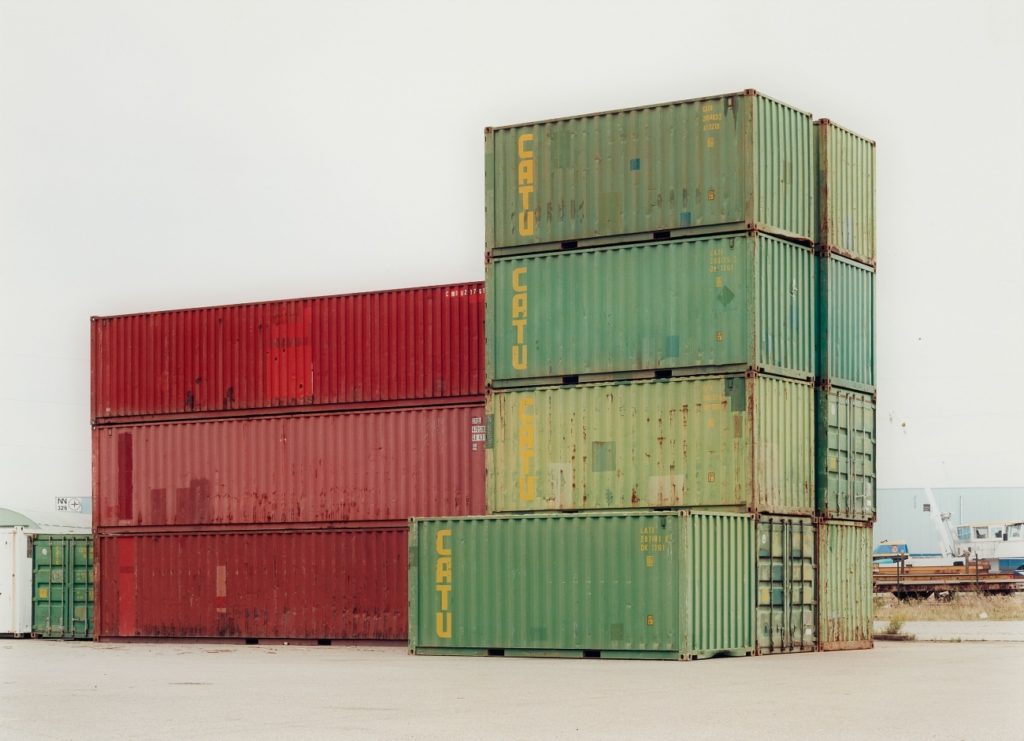

Gerry Johansson
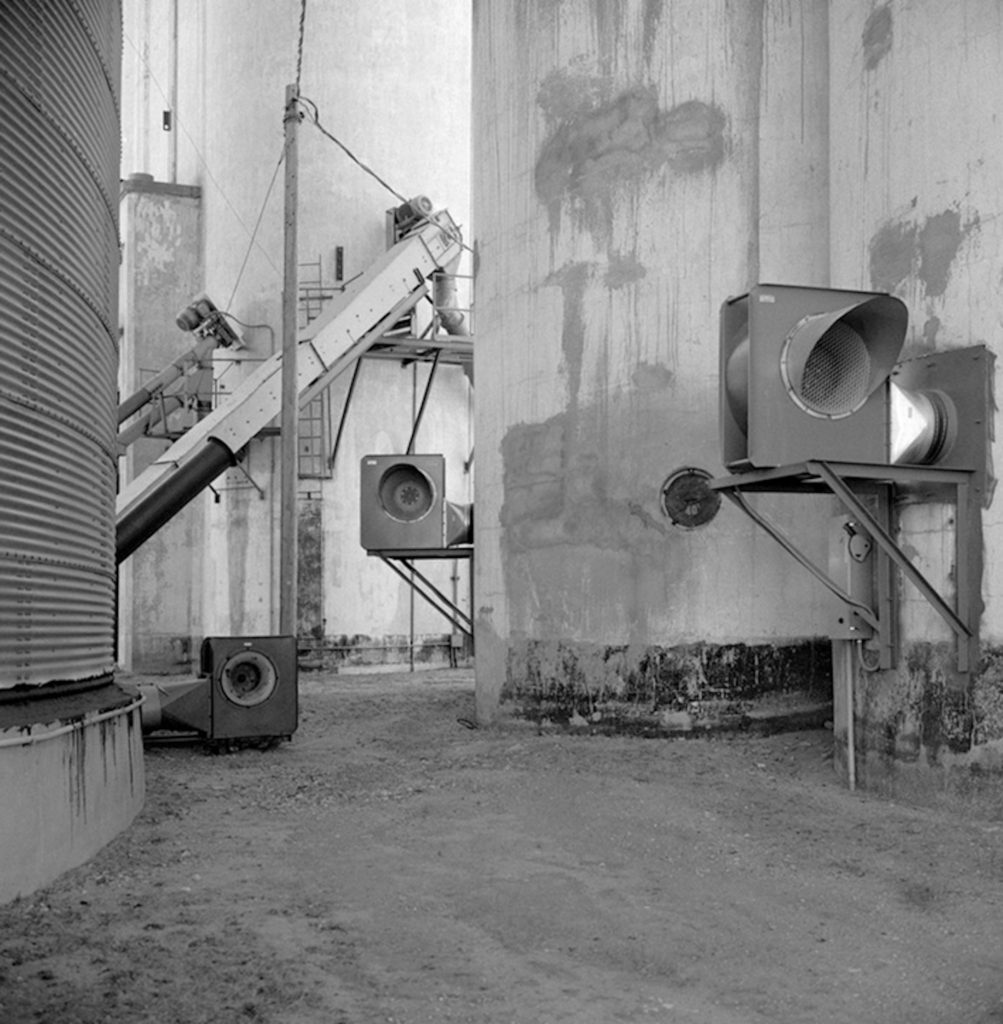


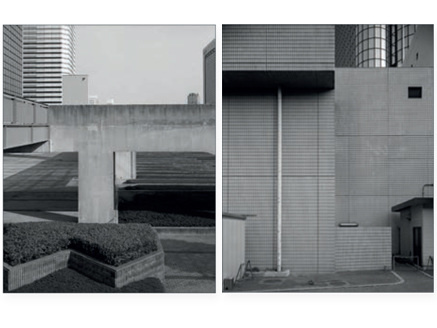

Joel Sternfeld
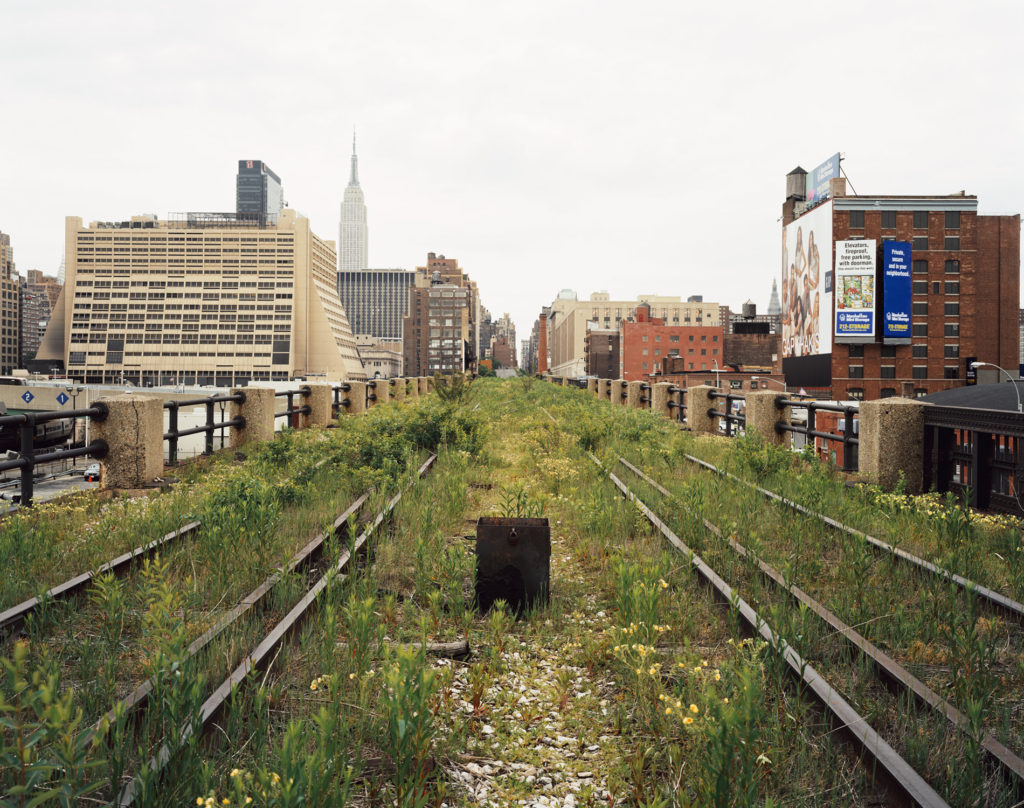
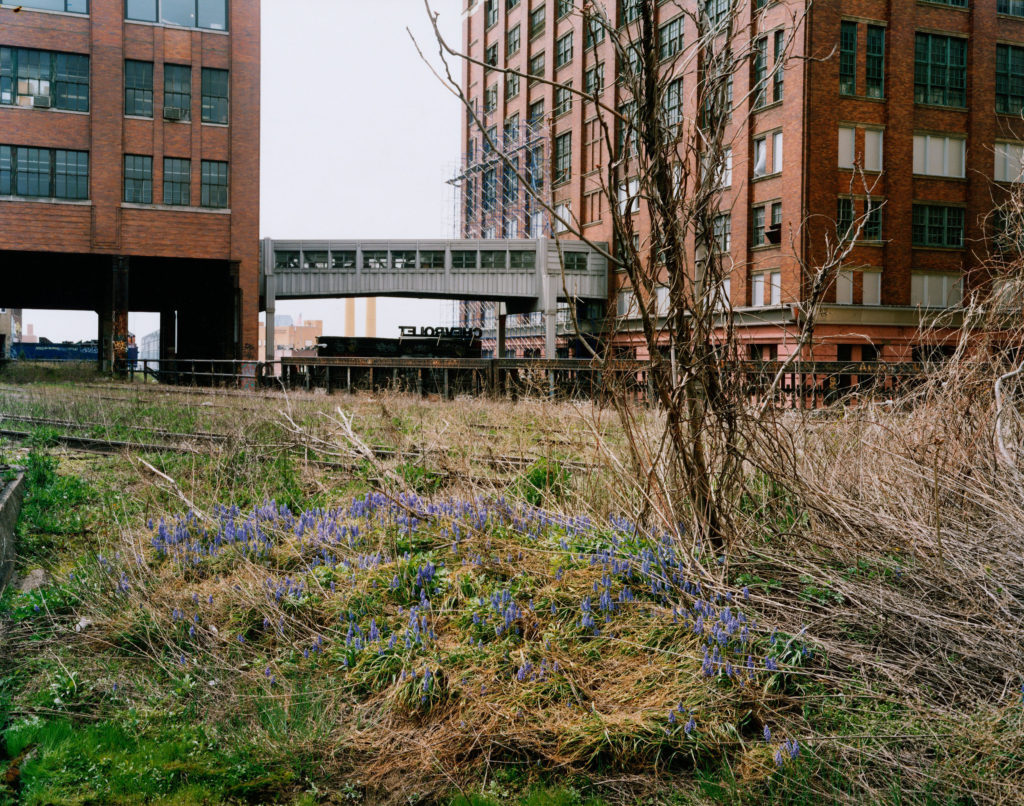

Josef Schultz
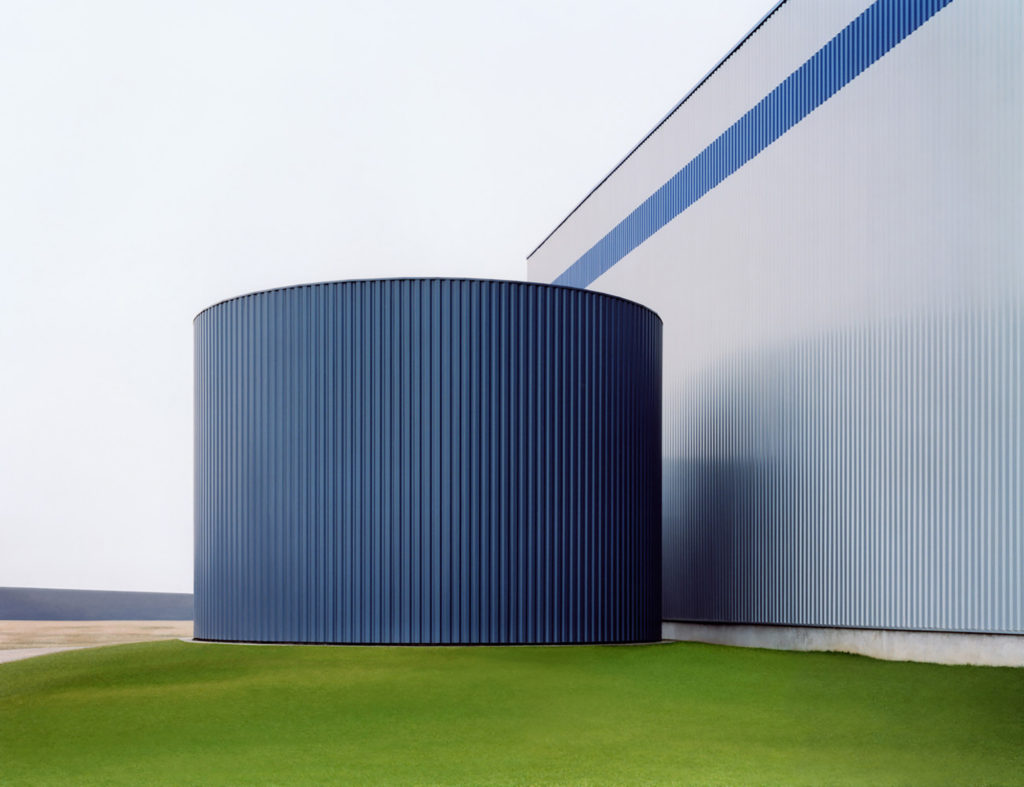
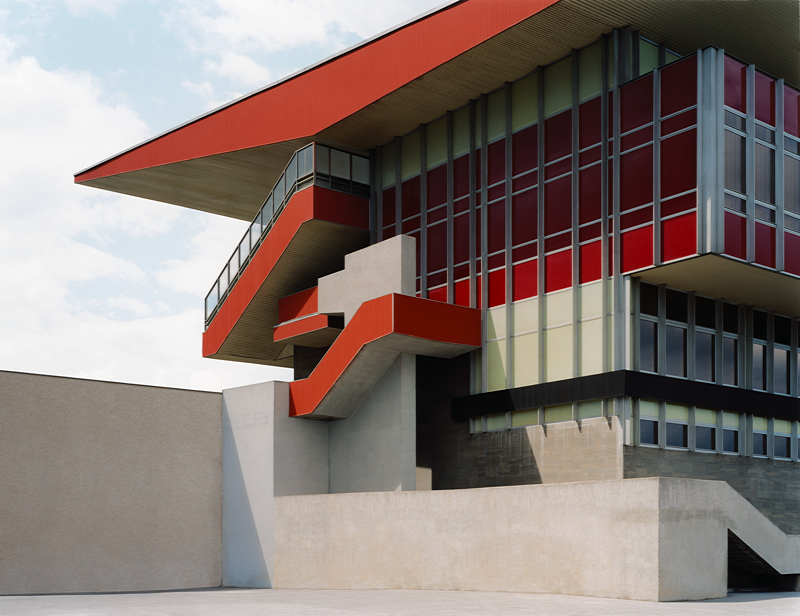


Lewis Baltz






Charles Sheeler
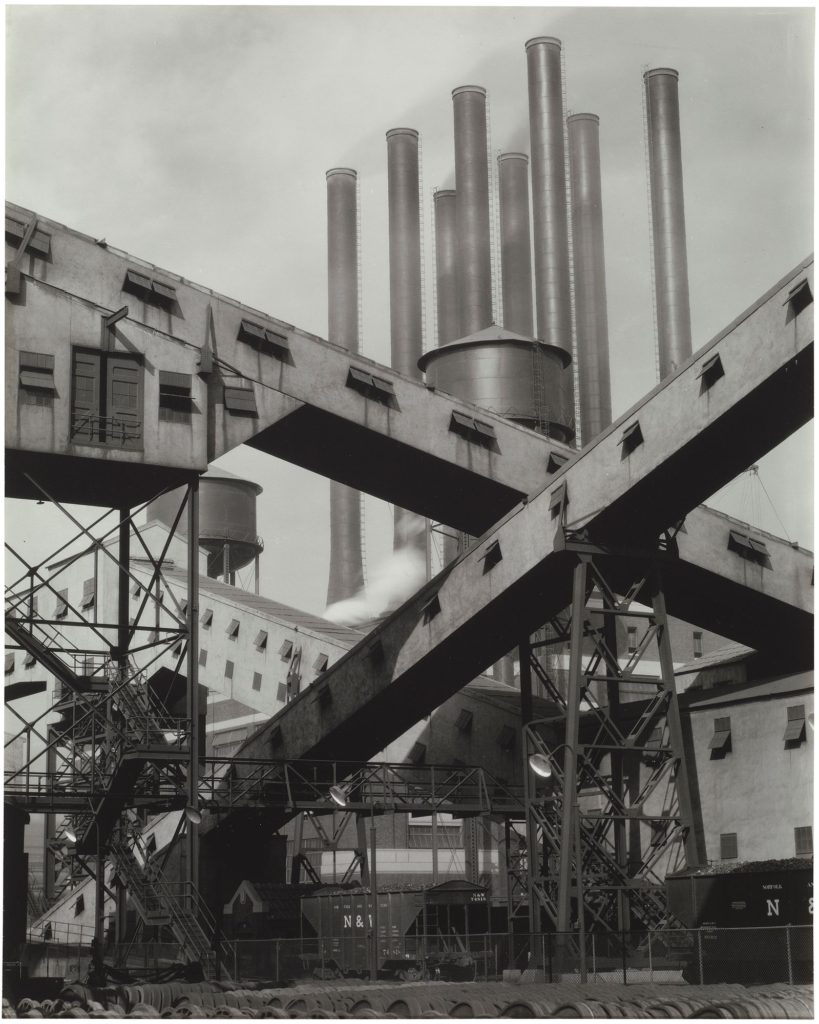


Surface and Texture
Aaron Siskind



NIGHT PHOTOGRAPHY
Many urbanised areas are great to photograph at night or in low light conditions…
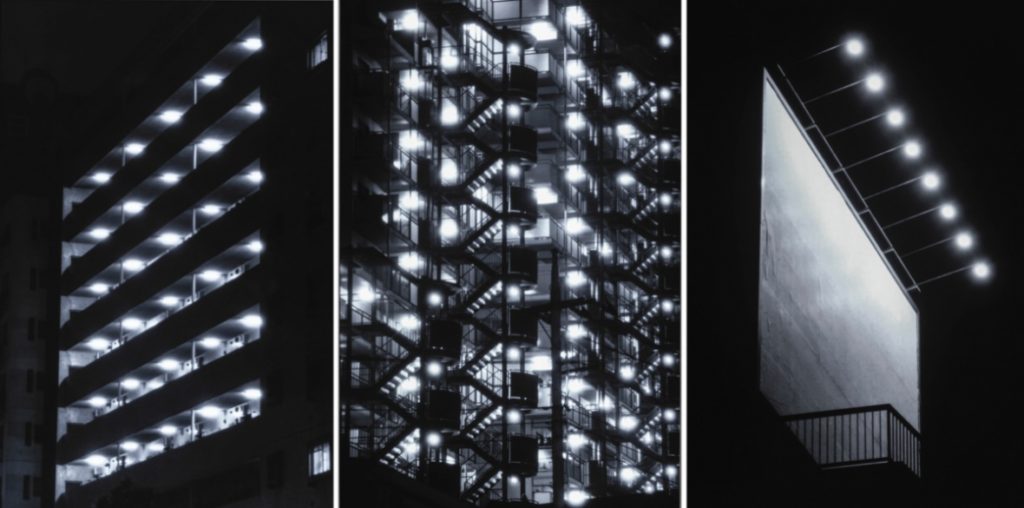
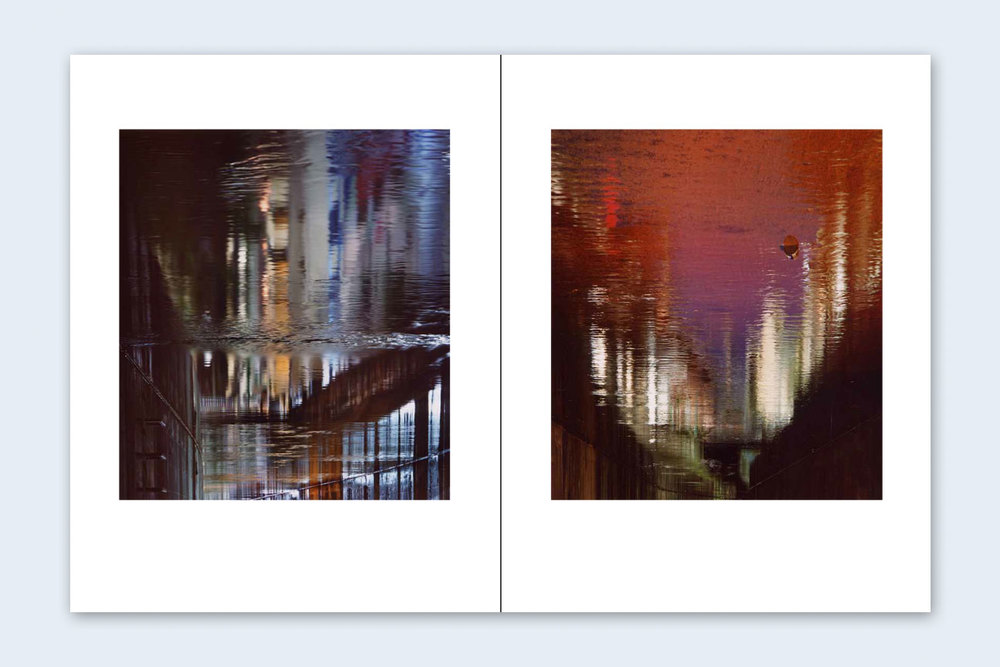


- use a tripod
- use slow shutter speeds (experiment with your TV Mode / Shutter speeds !
- be safe…take a friend and let your parents know where you are going
- Check your EXPOSURE SETTINGS according to the light and what you are photographing…
Follow this 10 Step Process and create multiple blog posts for each unit to ensure you tackle all Assessment Objectives thoroughly :
- Mood-board, definition and introduction (AO1)
- Mind-map of ideas (AO1)
- Artist References / Case Studies (must include image analysis) (AO1)
- Photo-shoot Action Plan (AO3)
- Multiple Photoshoots + contact sheets (AO3)
- Image Selection, sub selection (AO2)
- Image Editing/ manipulation / experimentation (AO2)
- Presentation of final outcomes (AO4)
- Compare and contrast your work to your artist reference(AO1)
- Evaluation and Critique (AO1+AO4)


